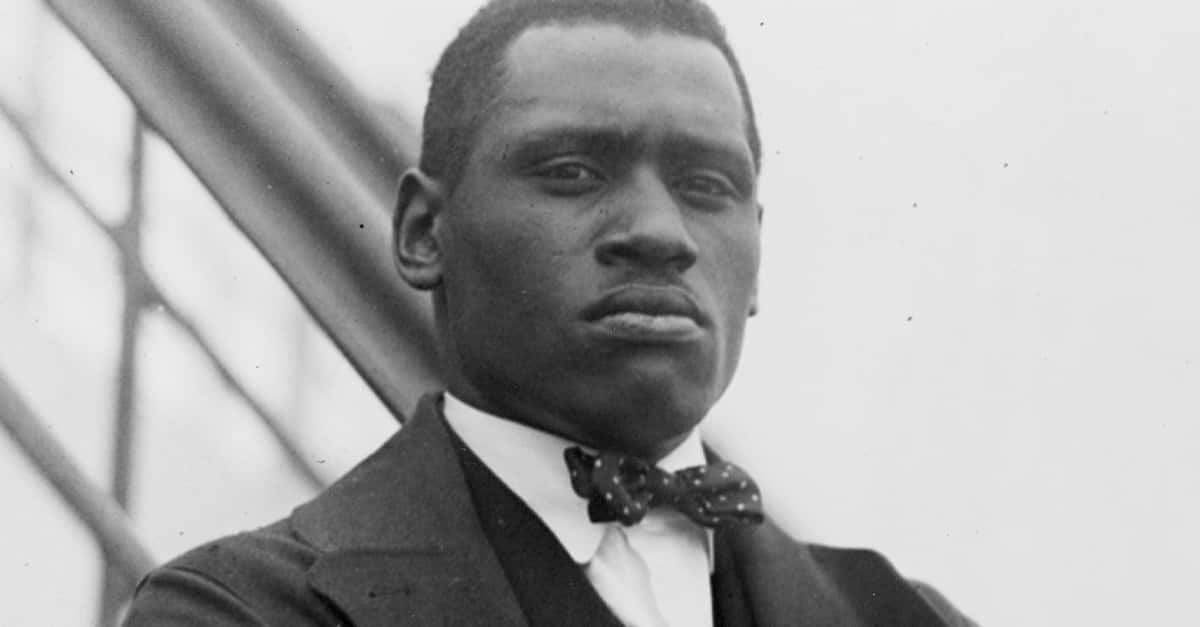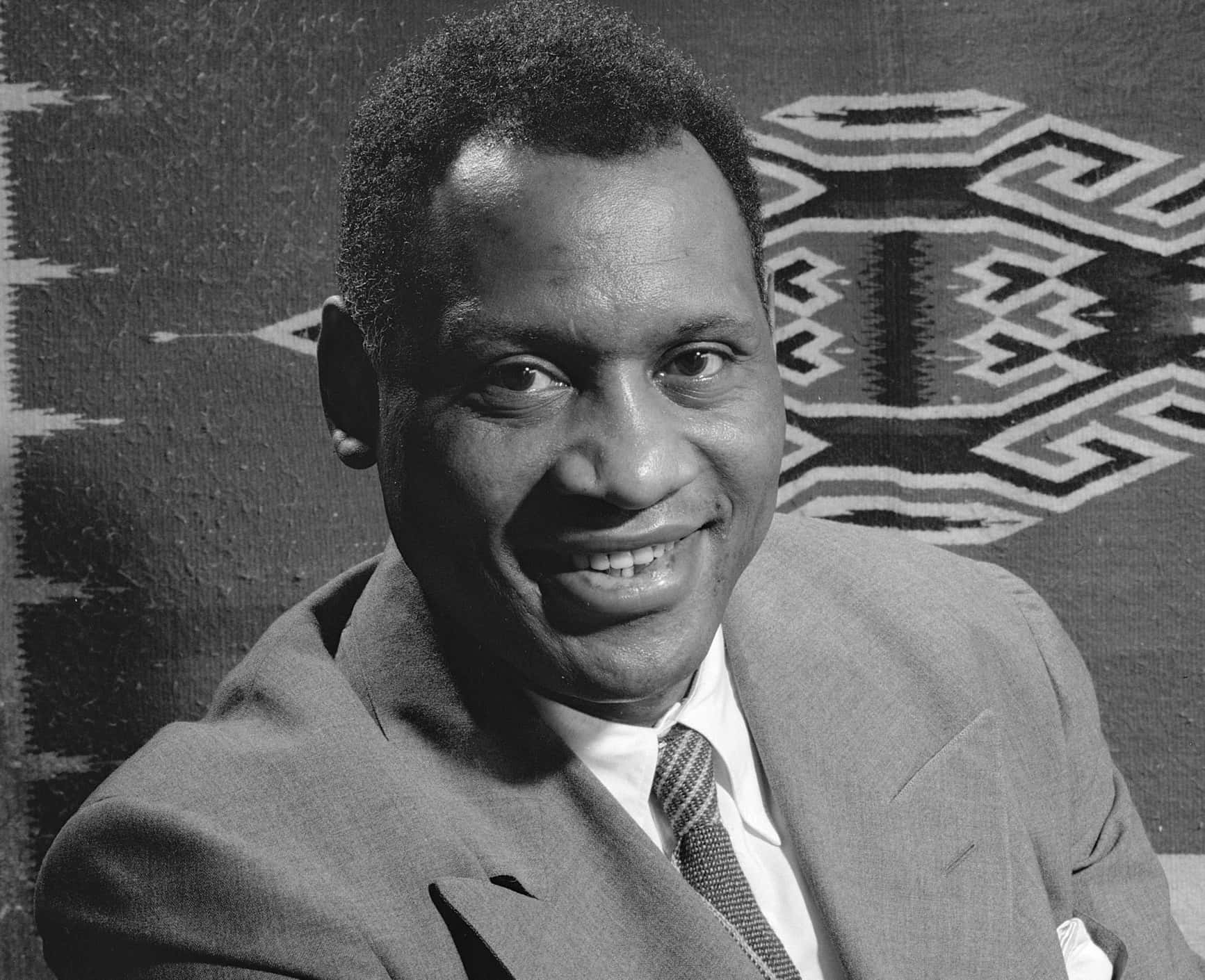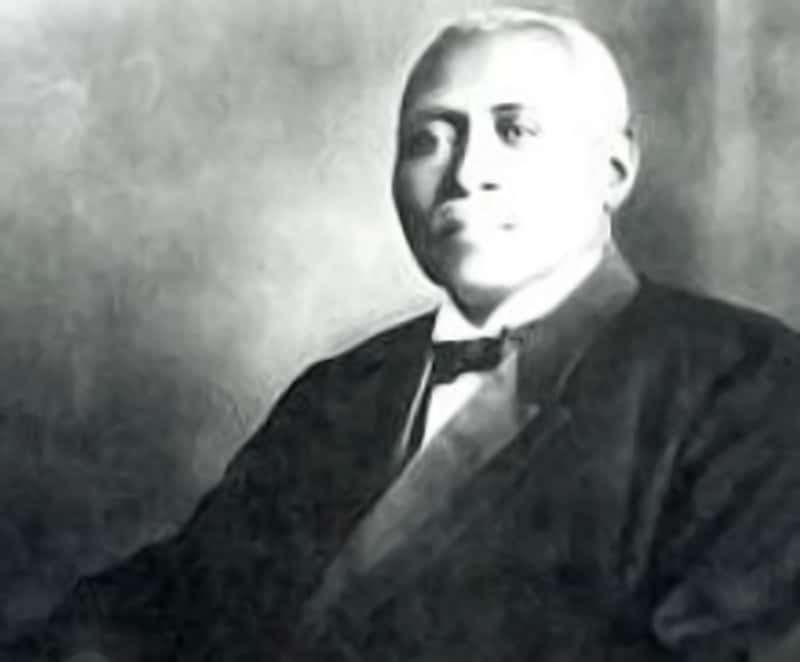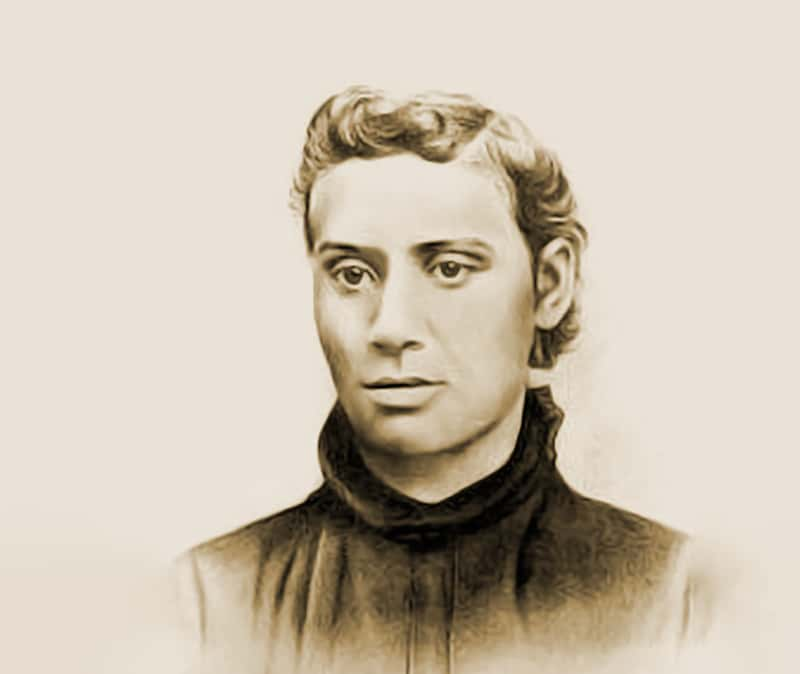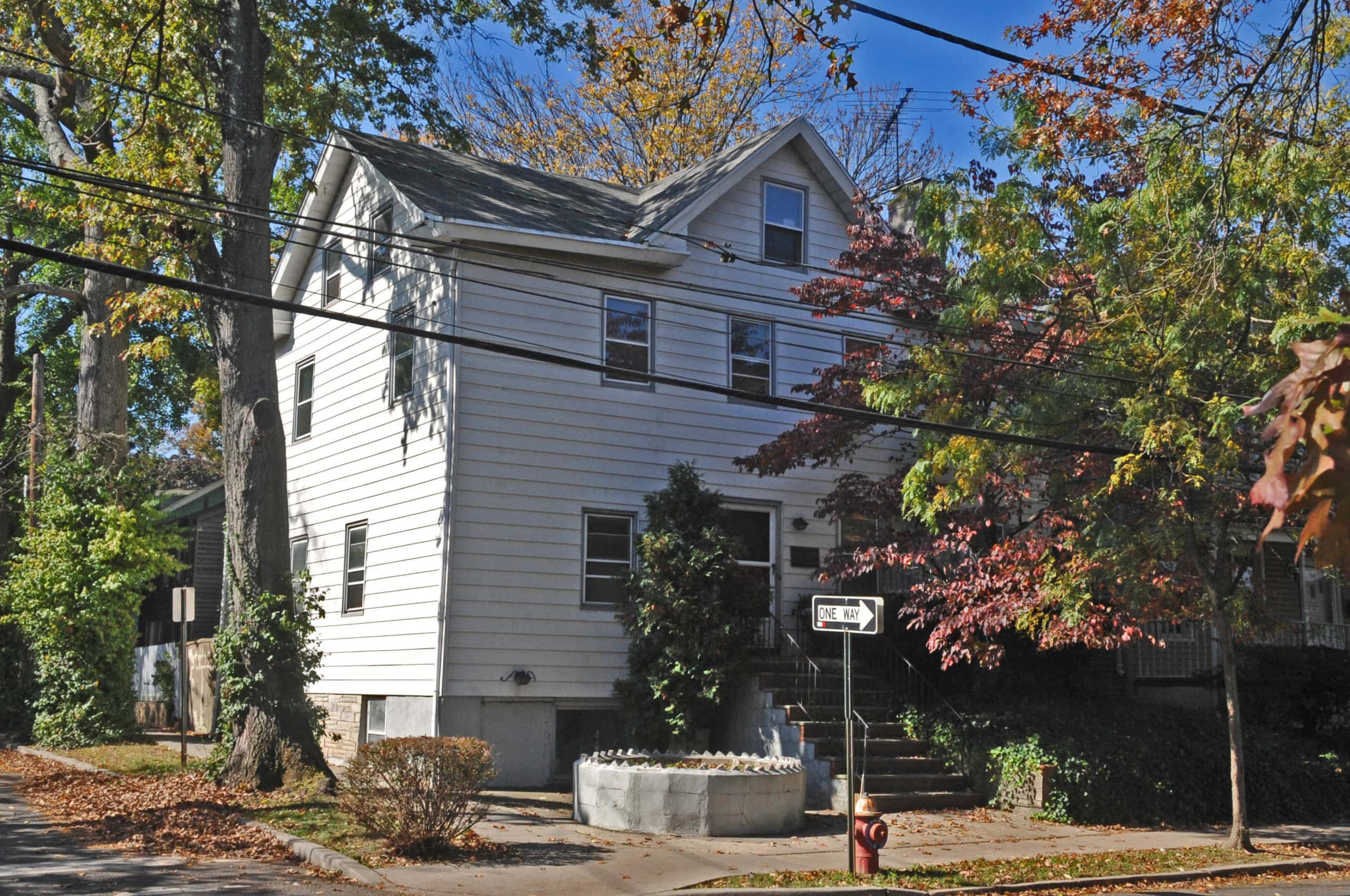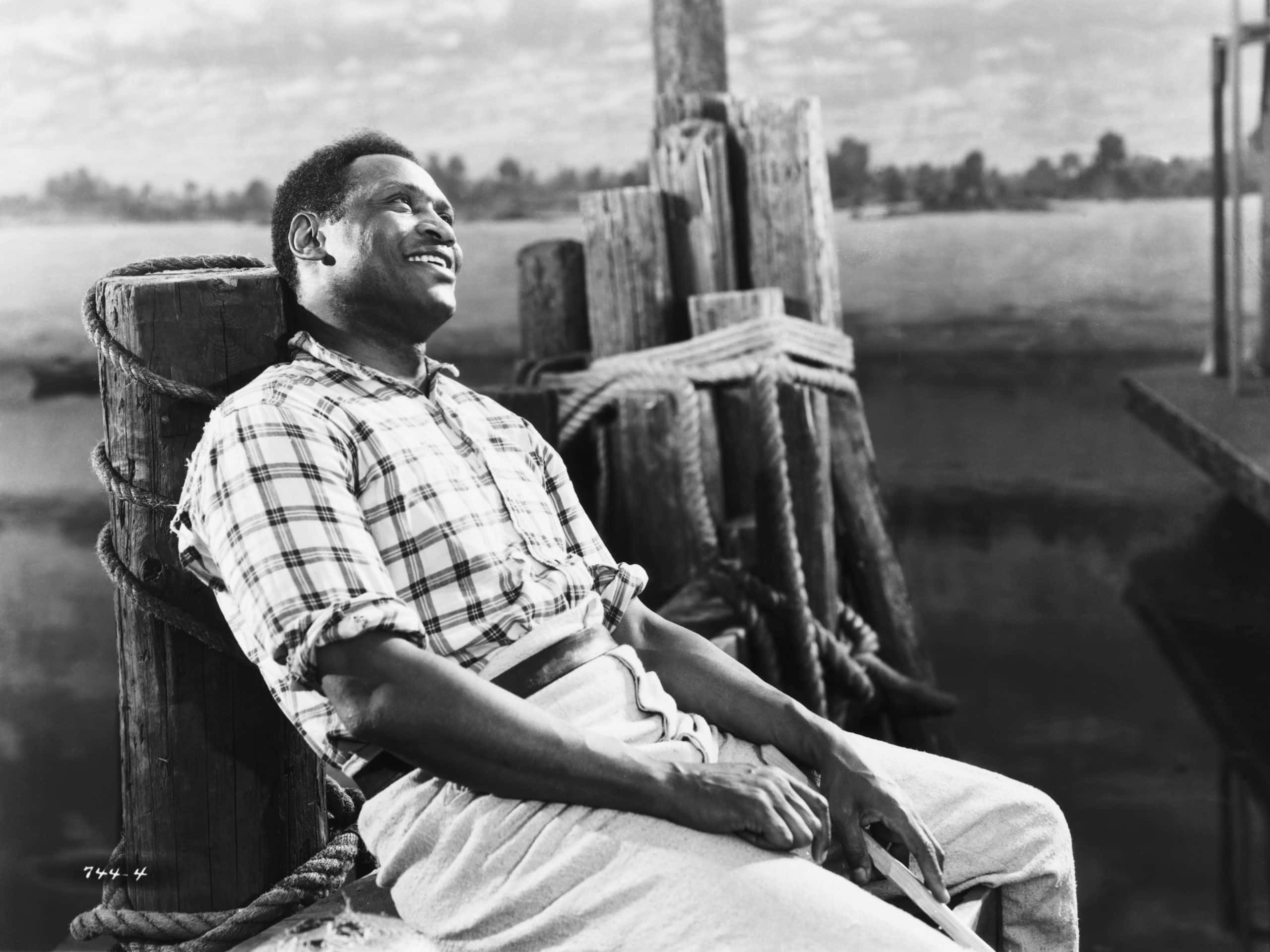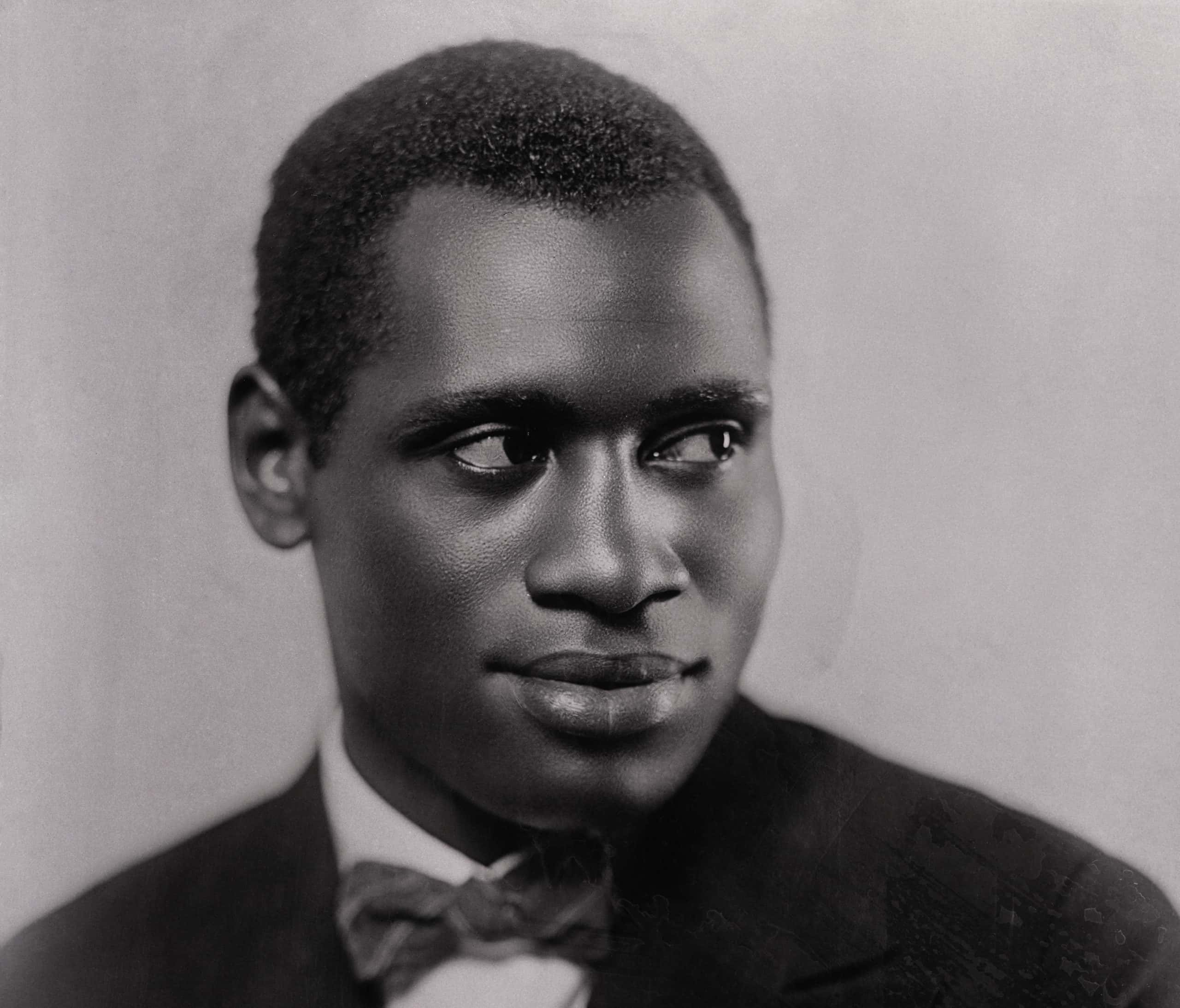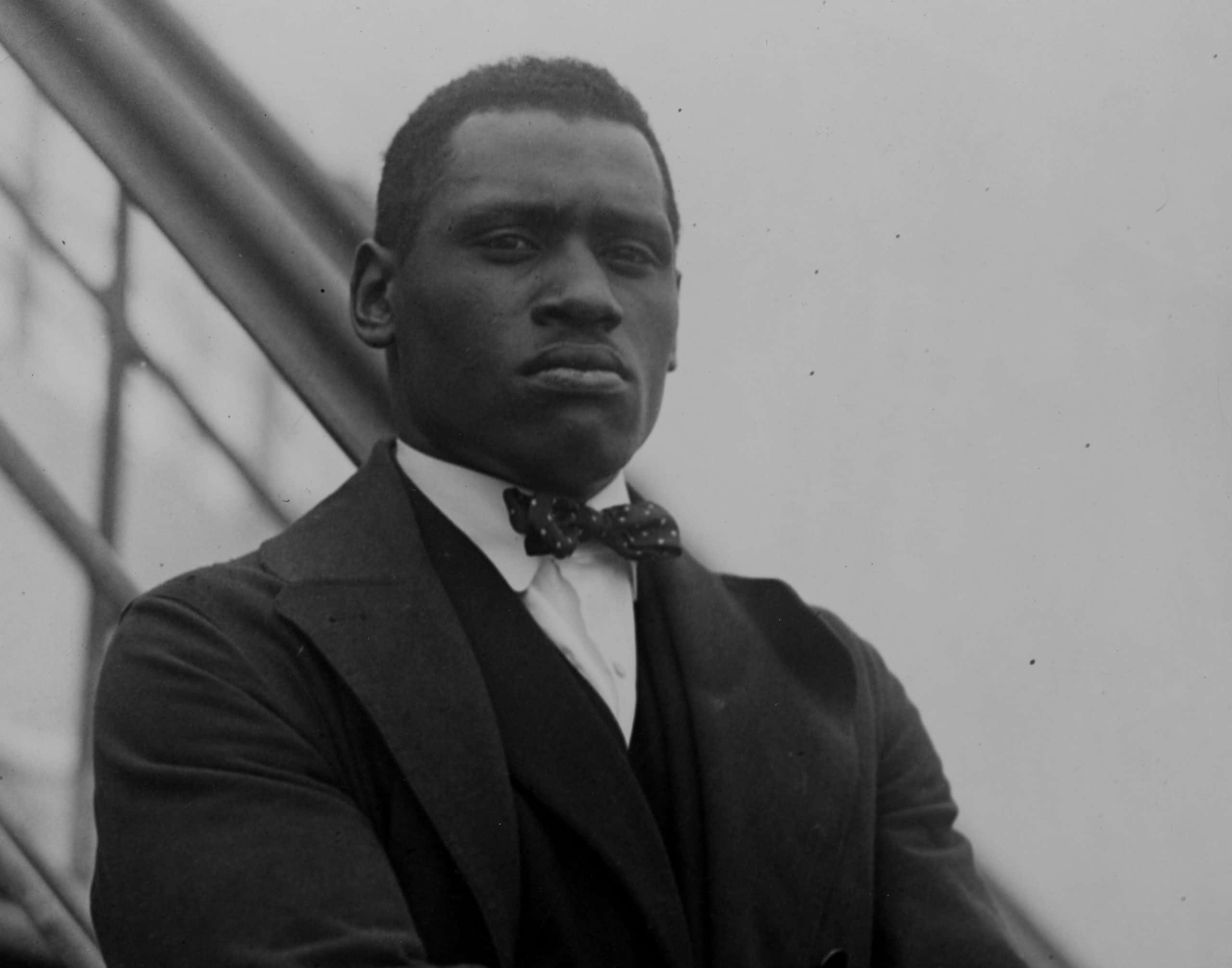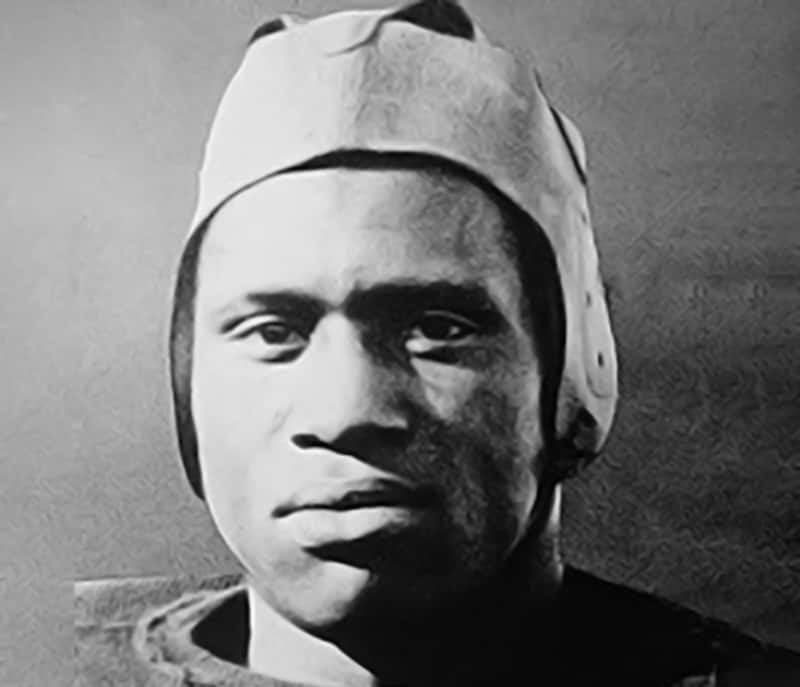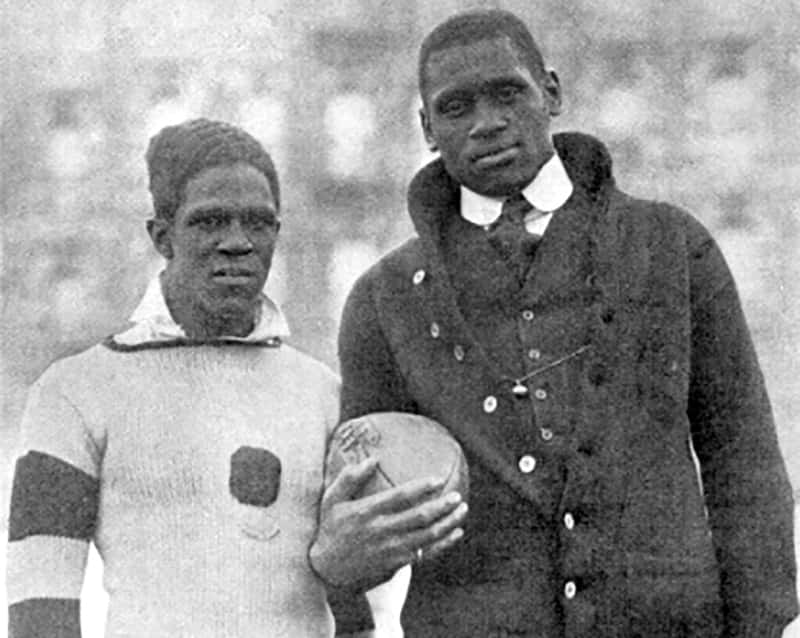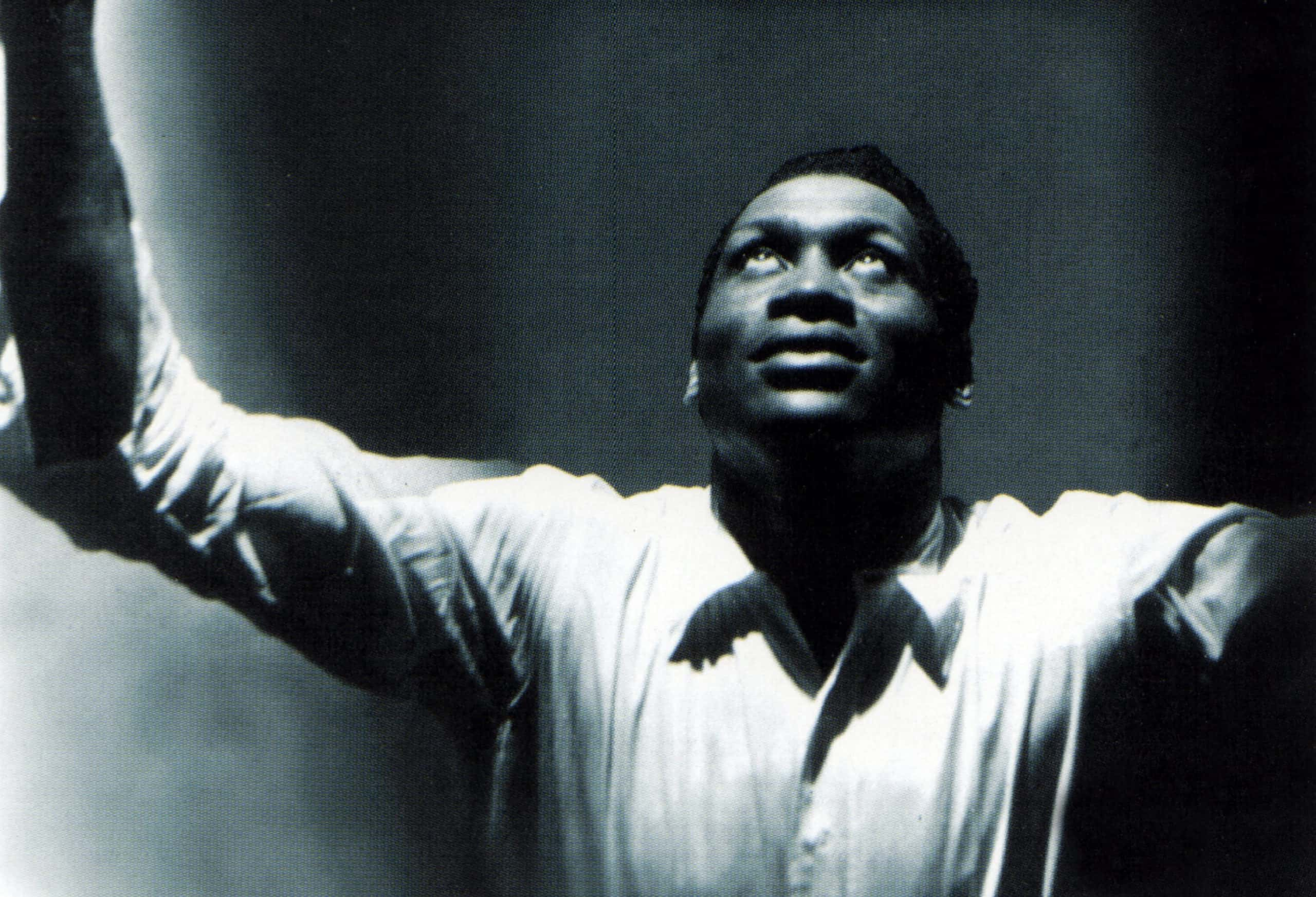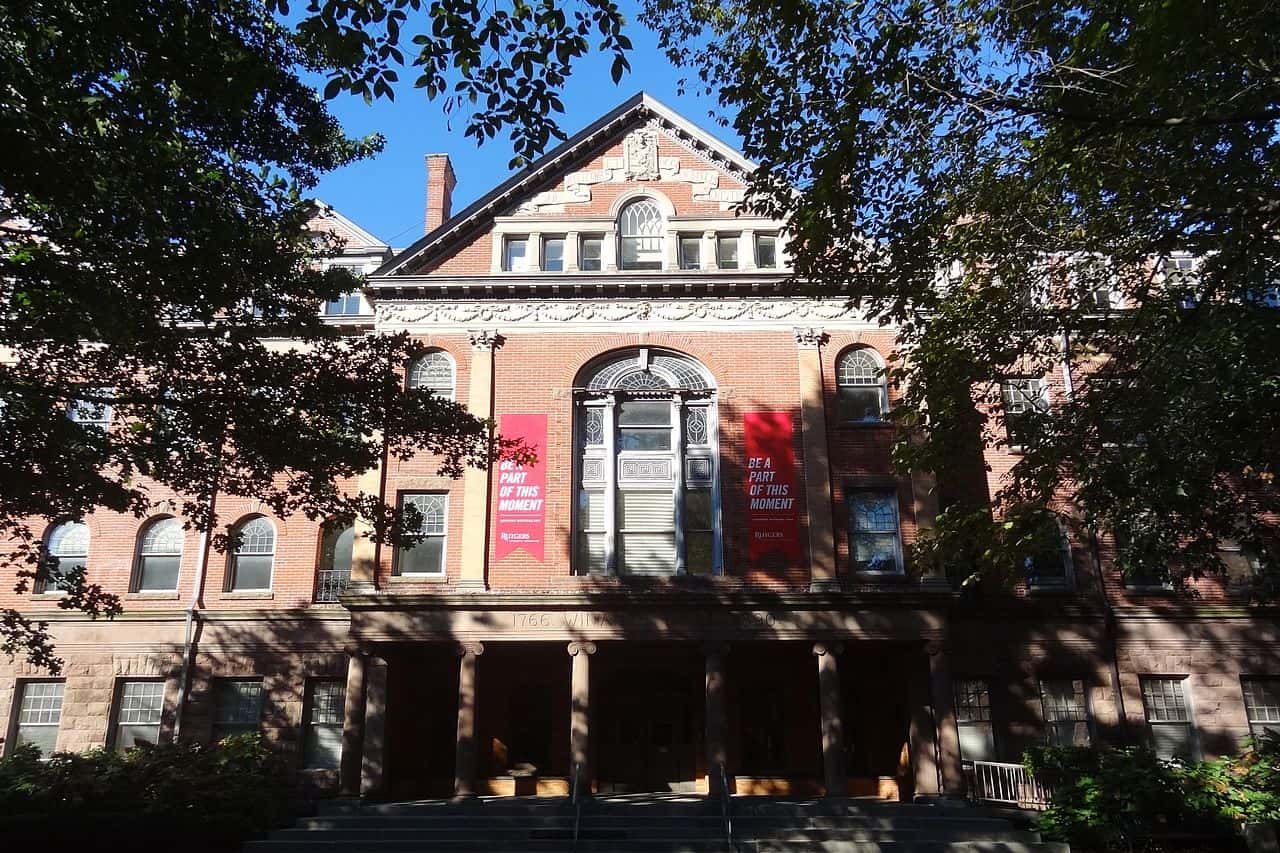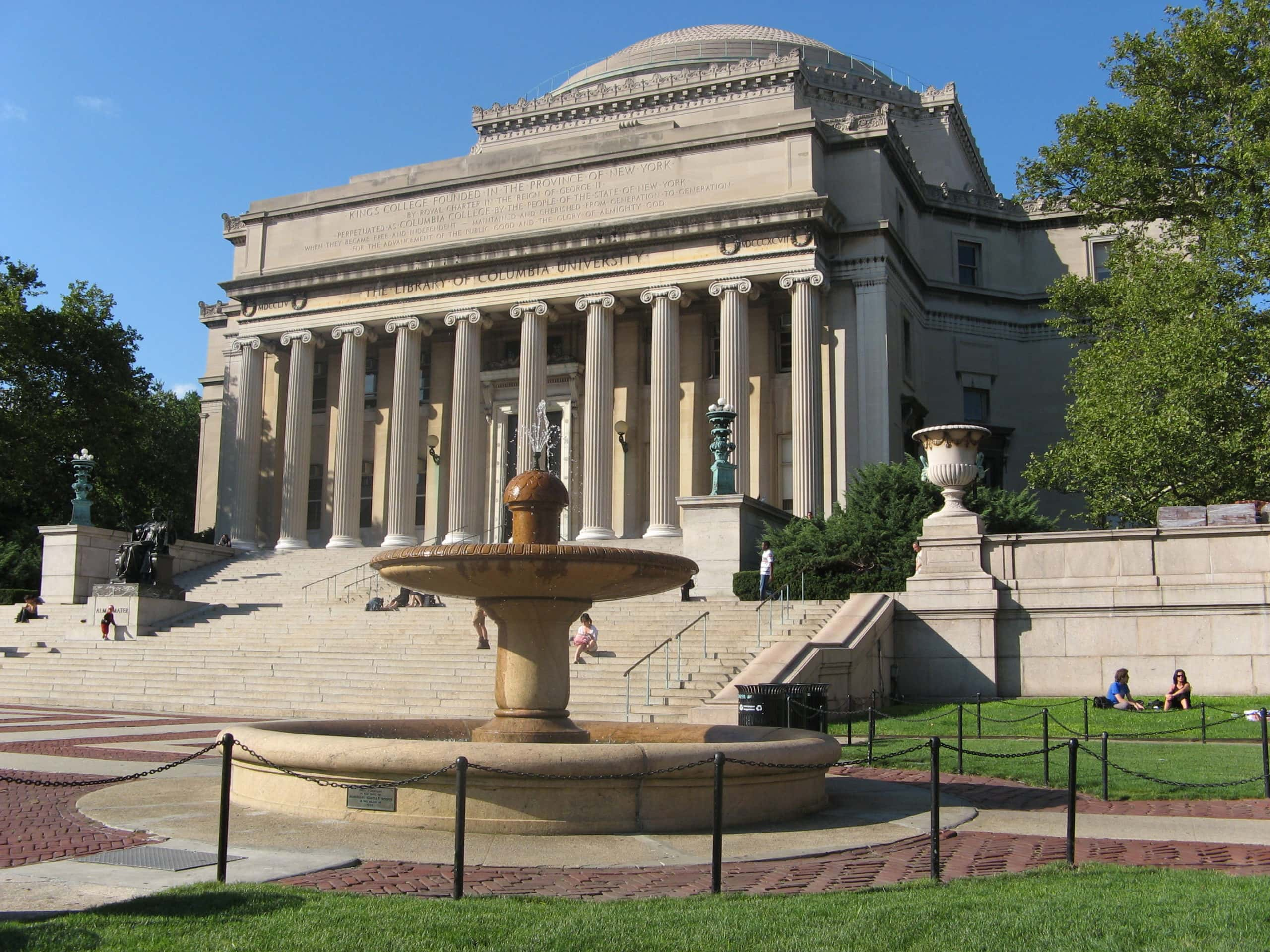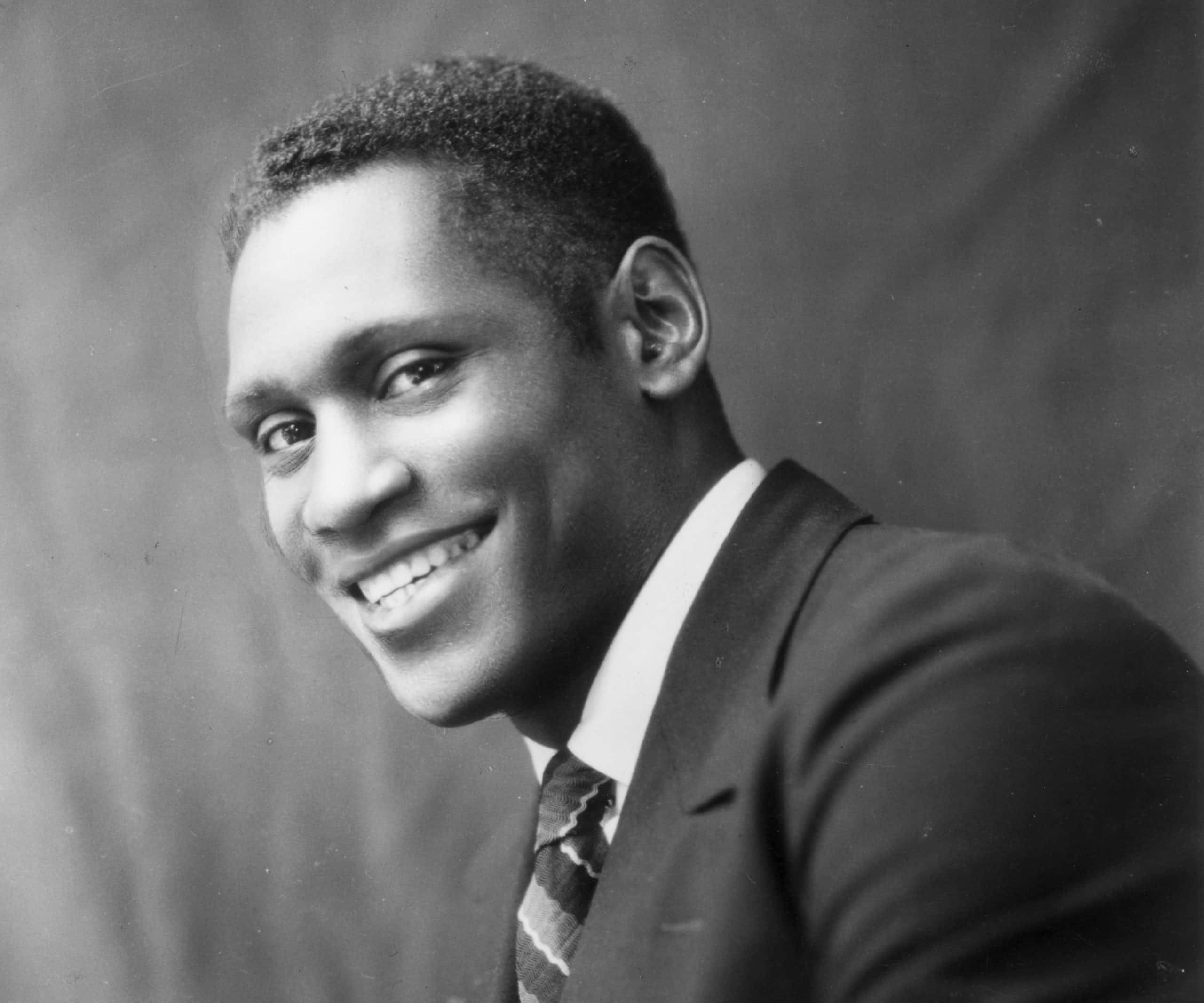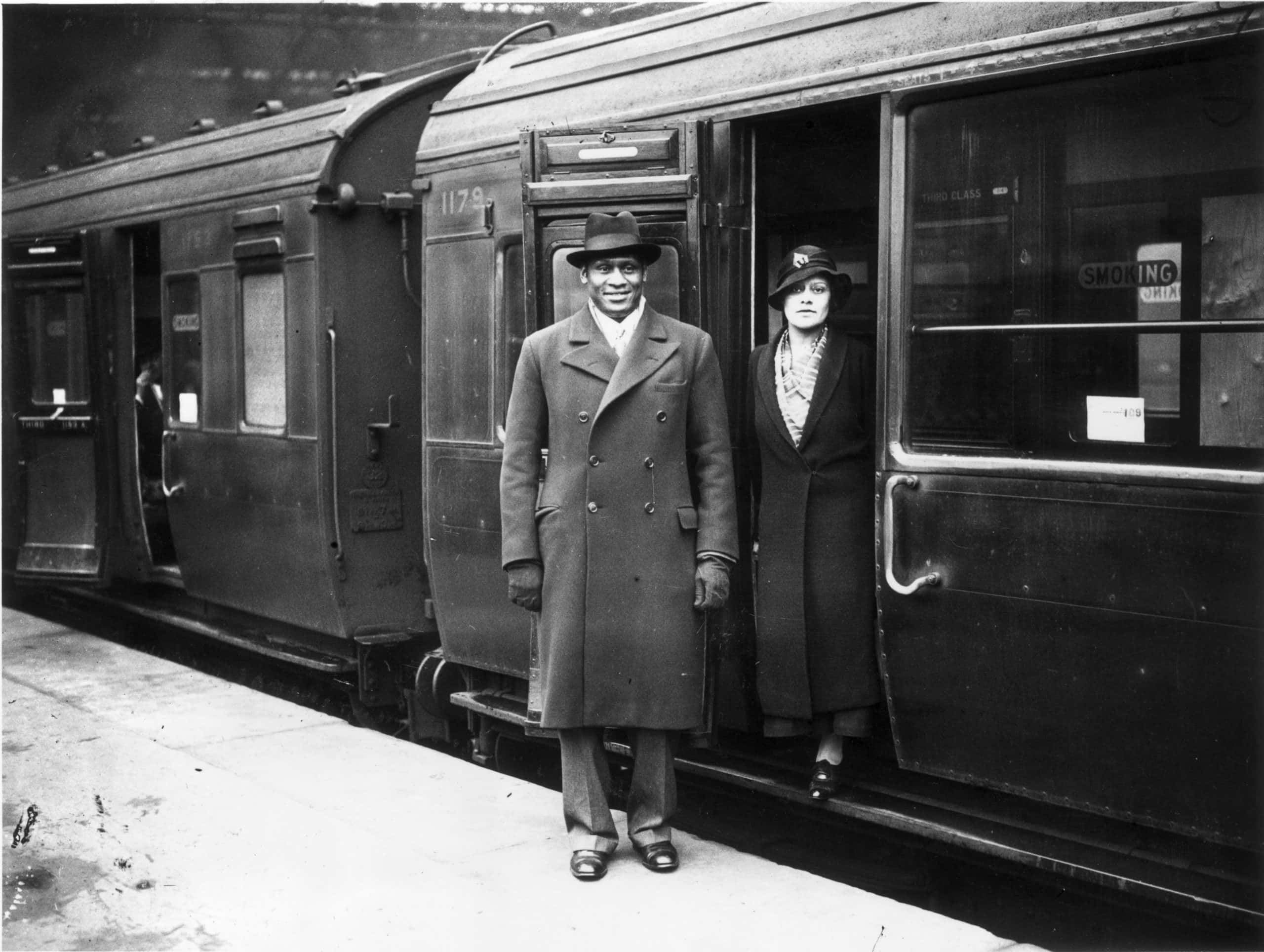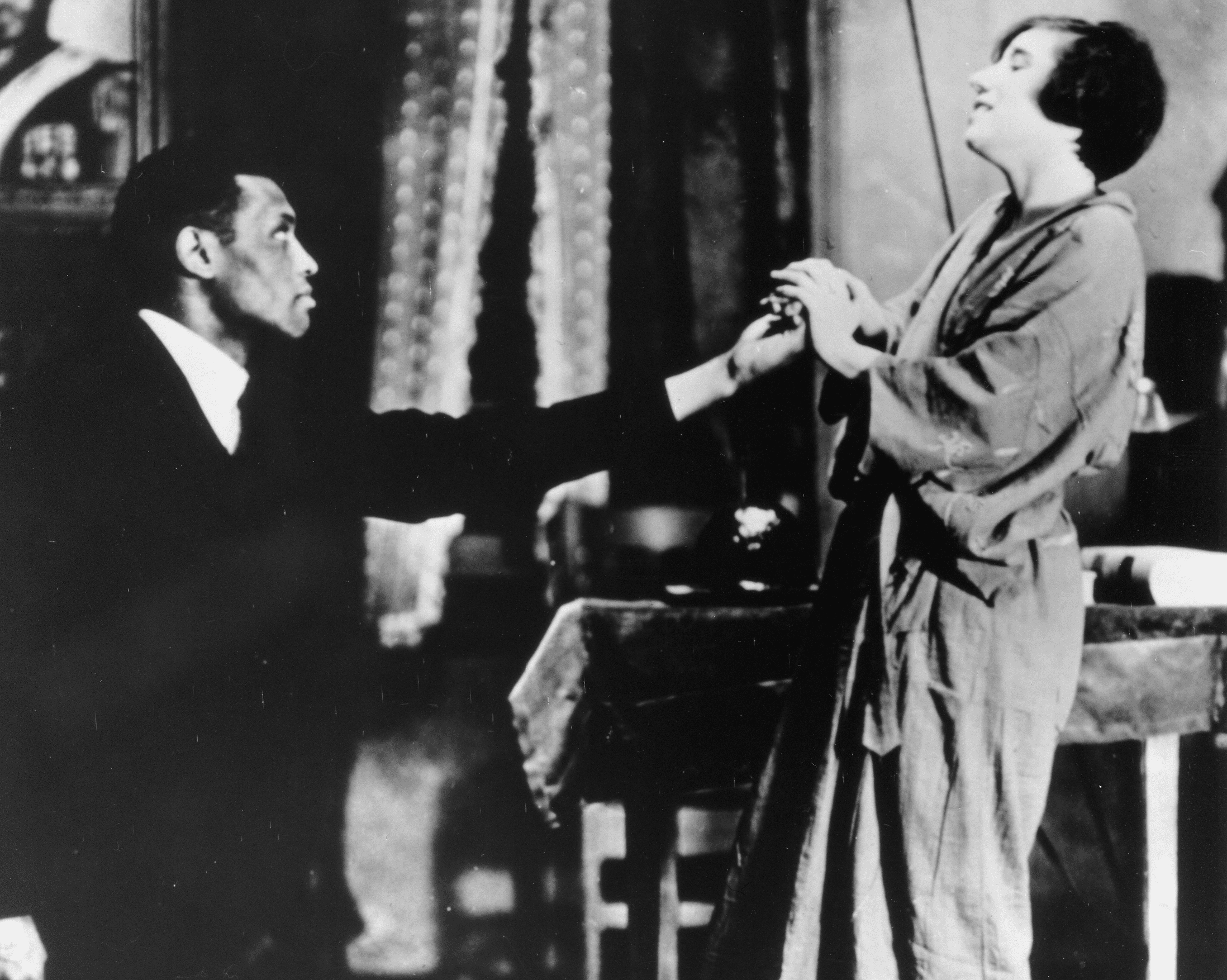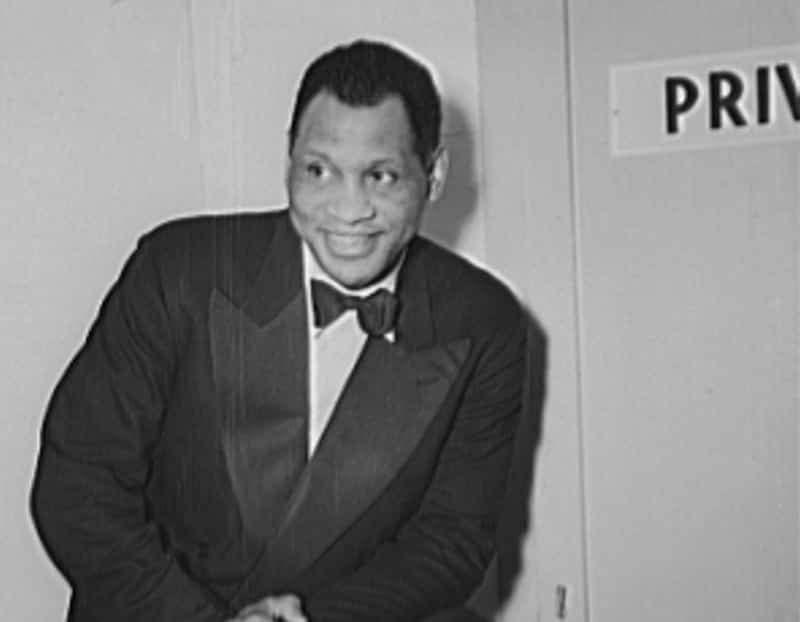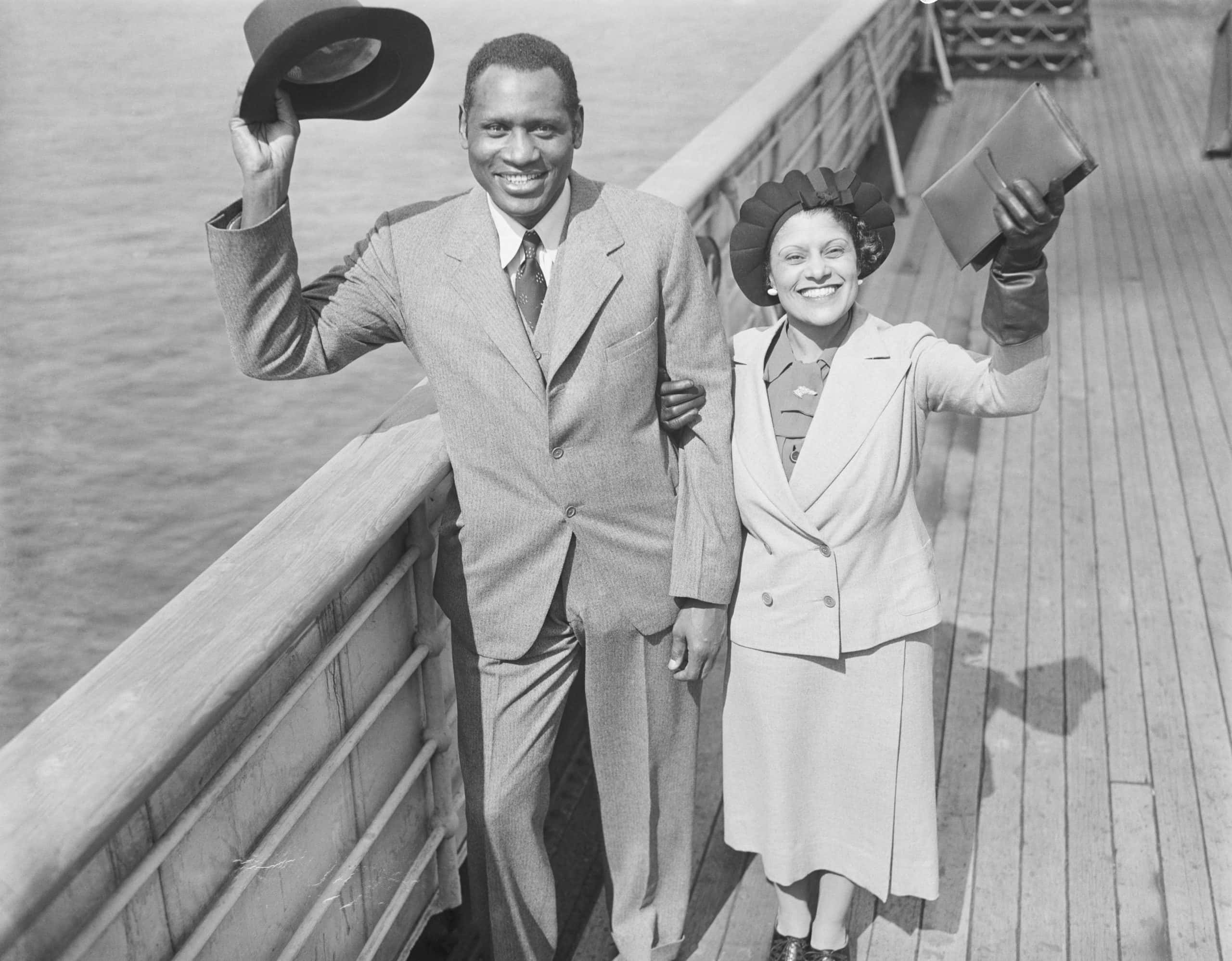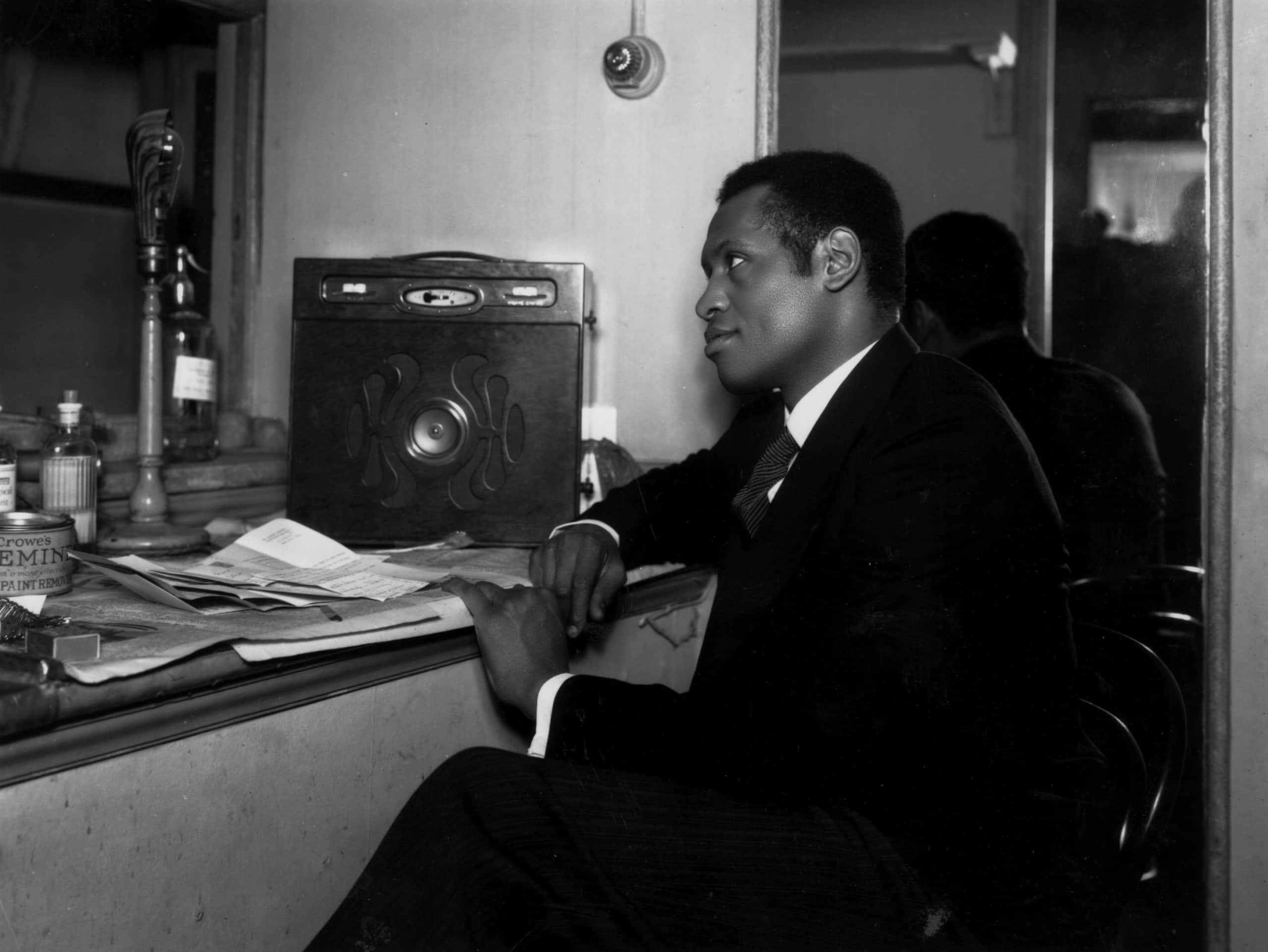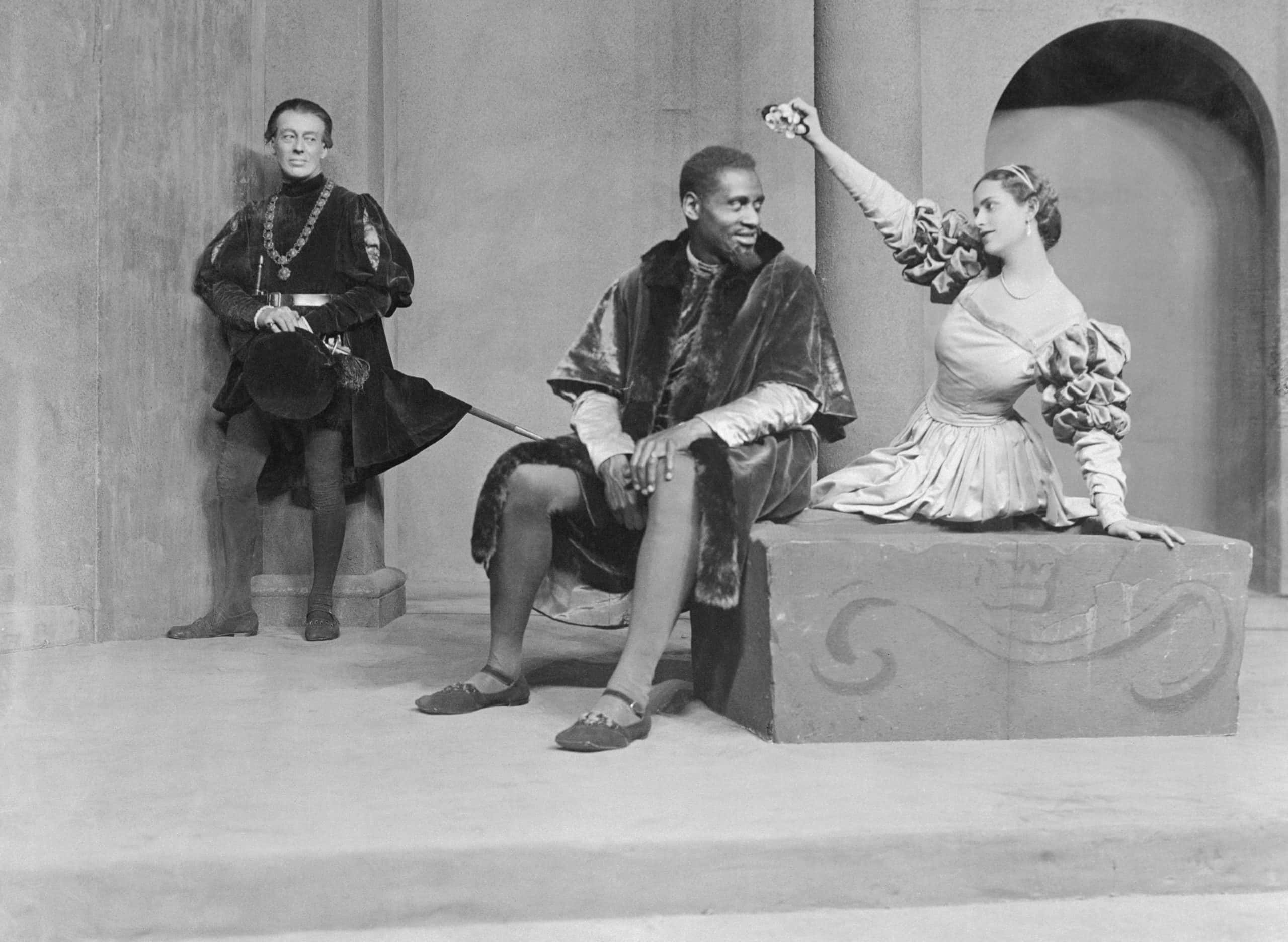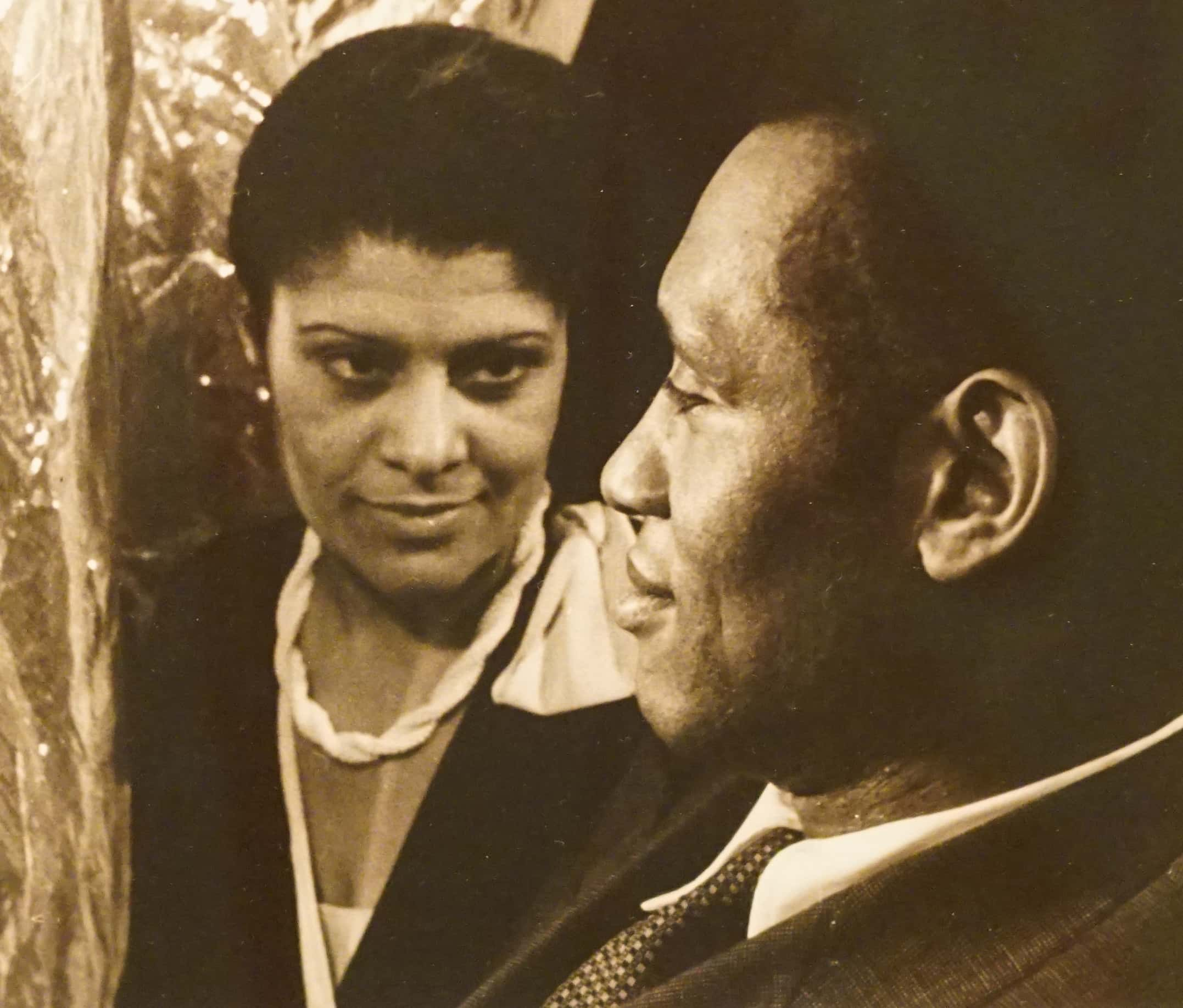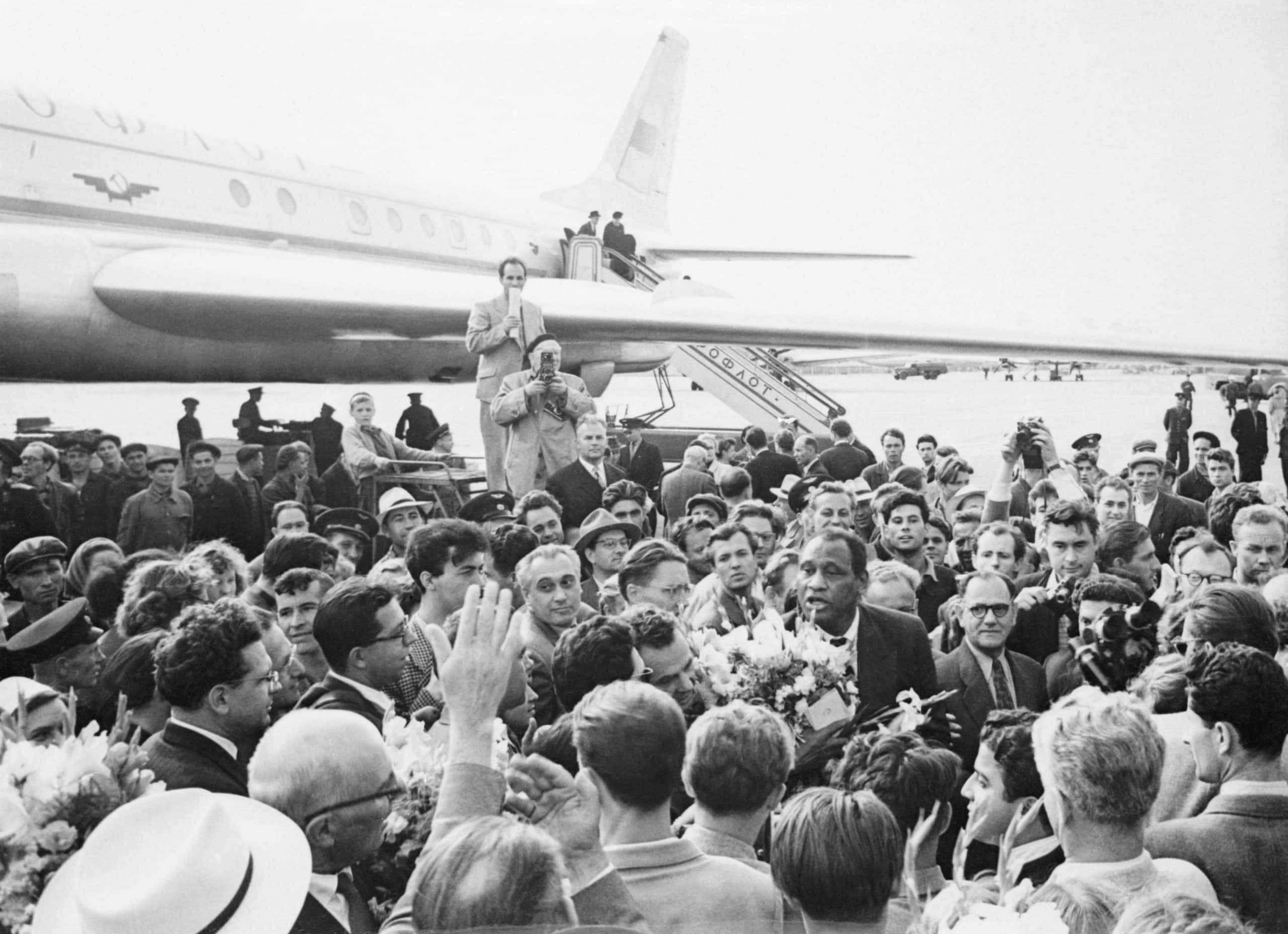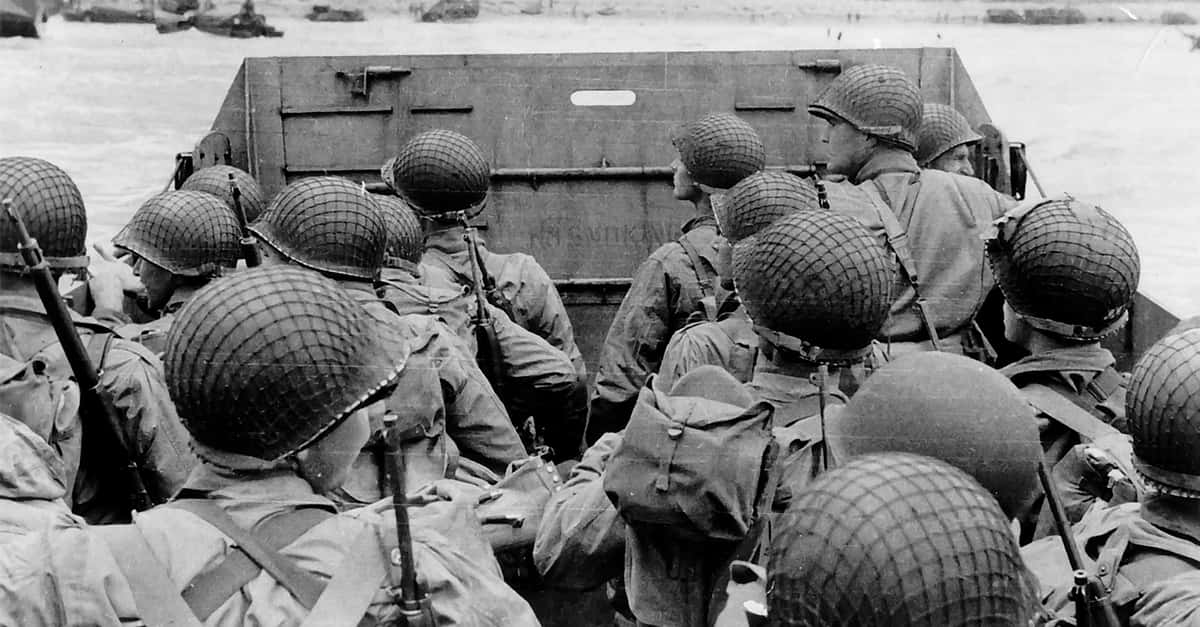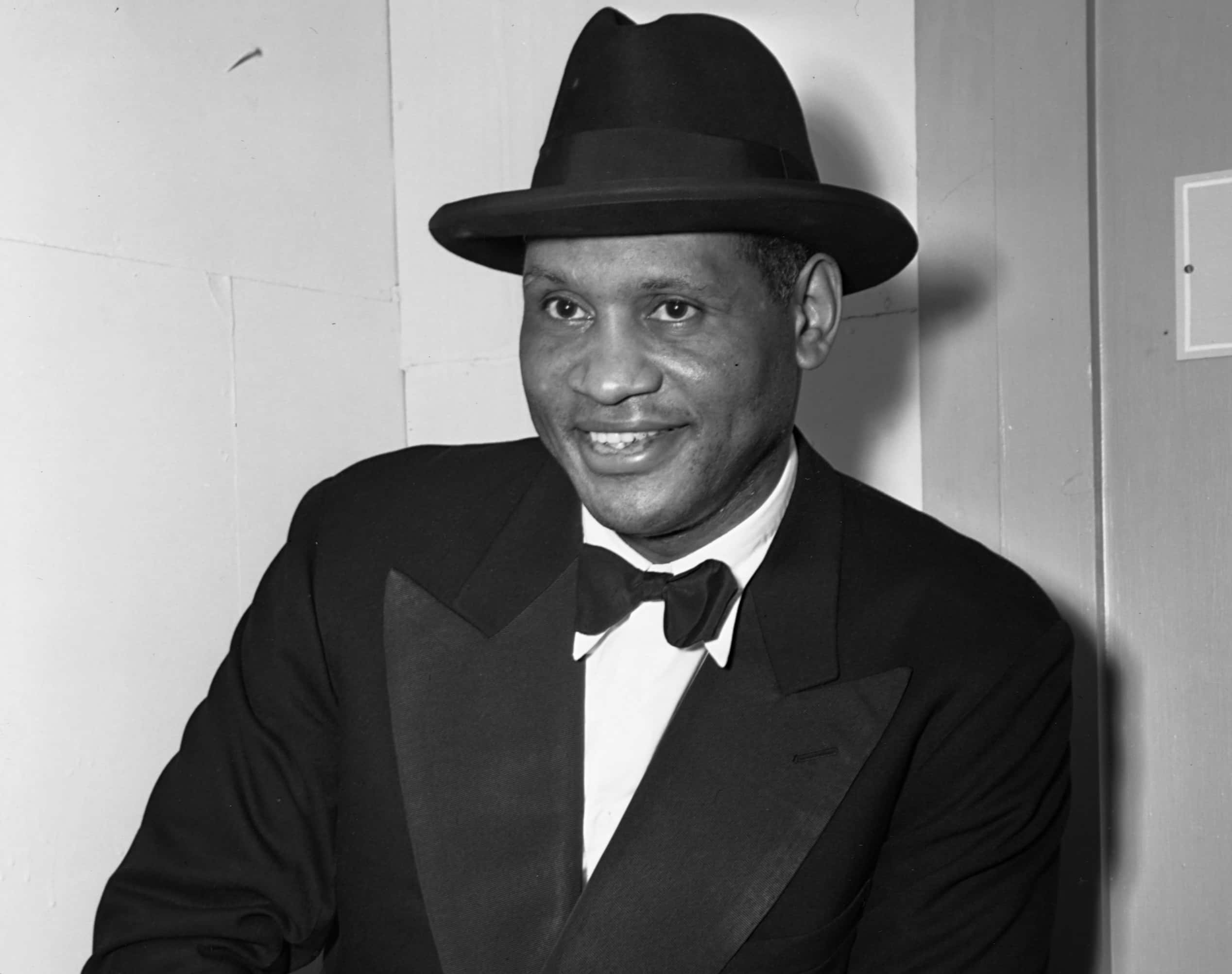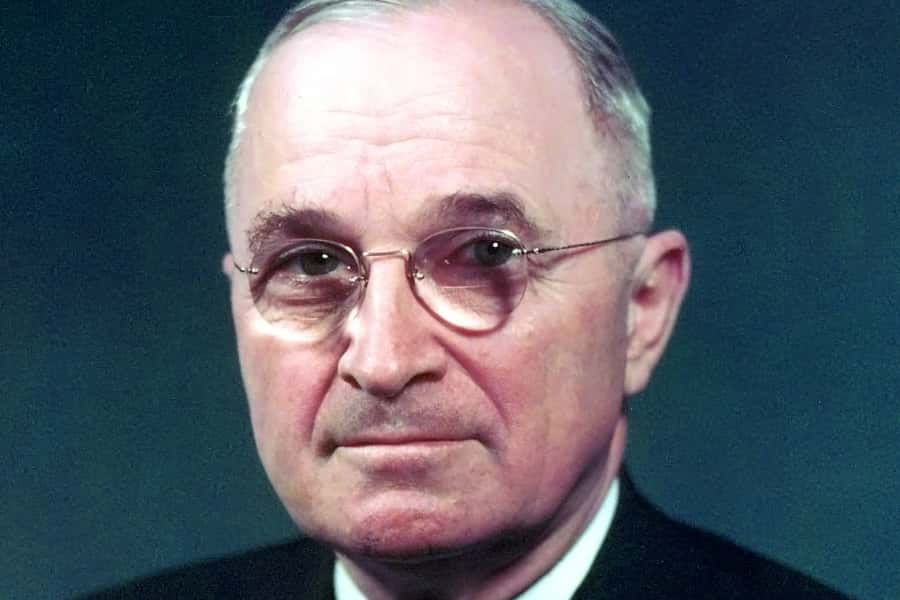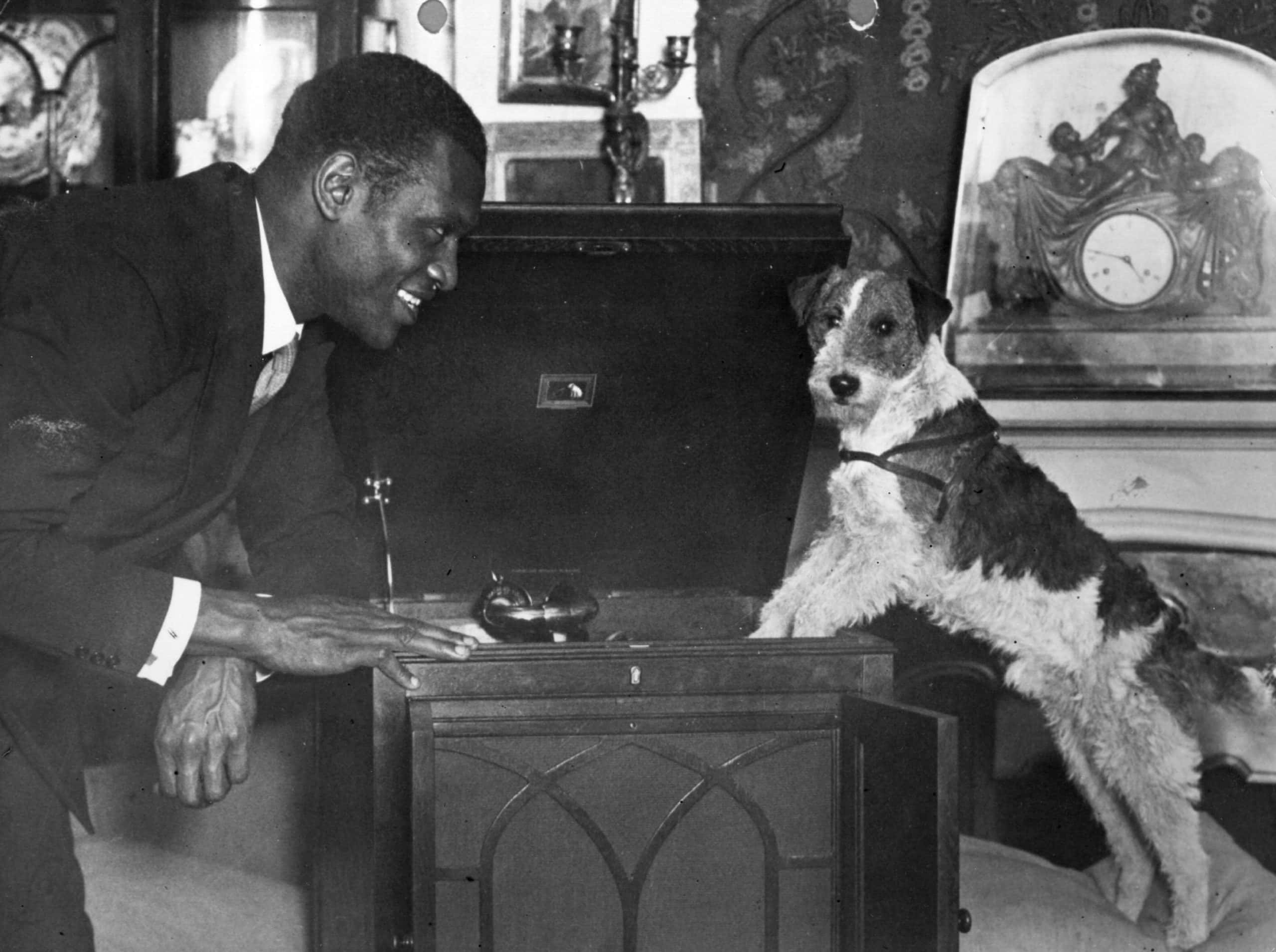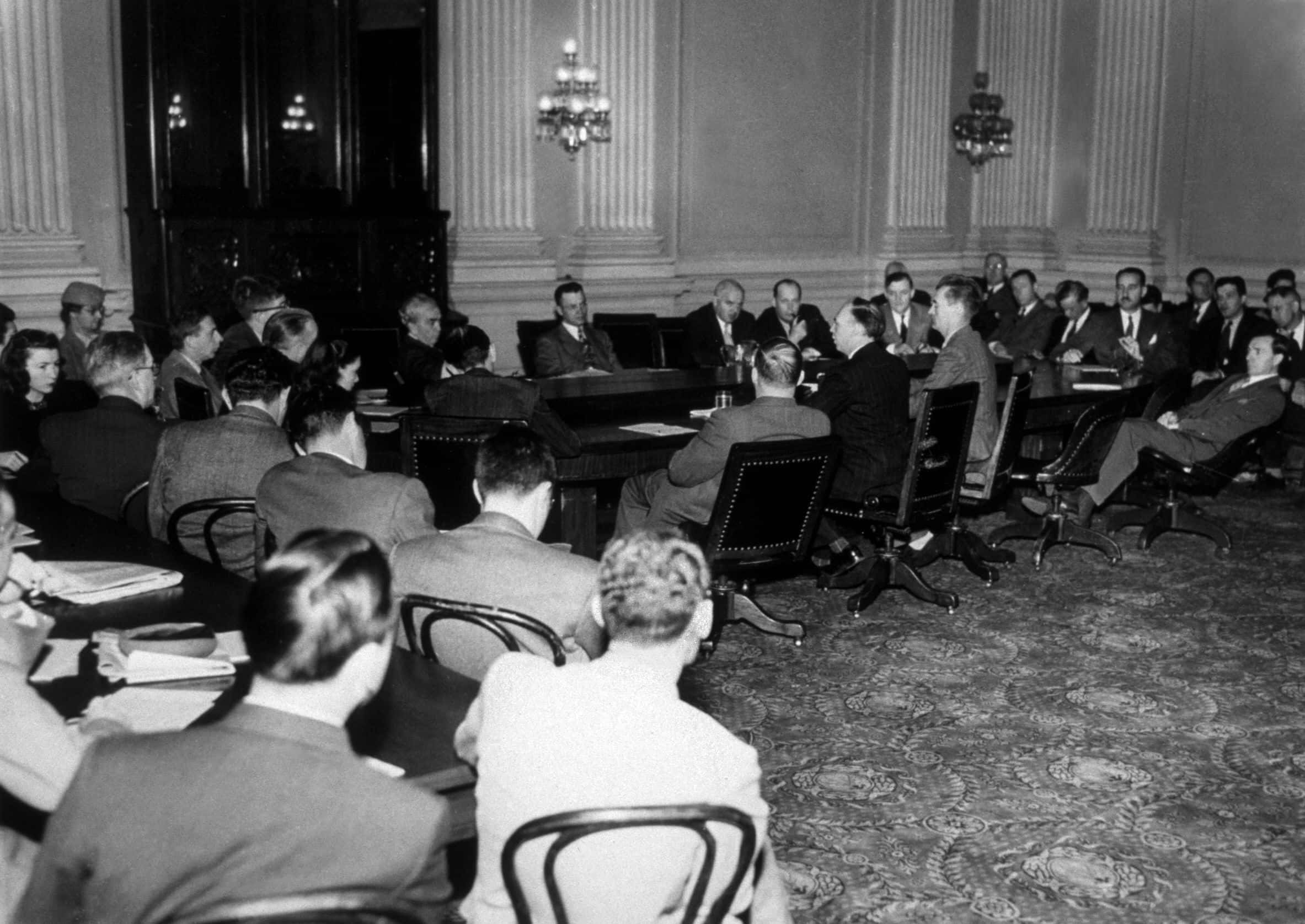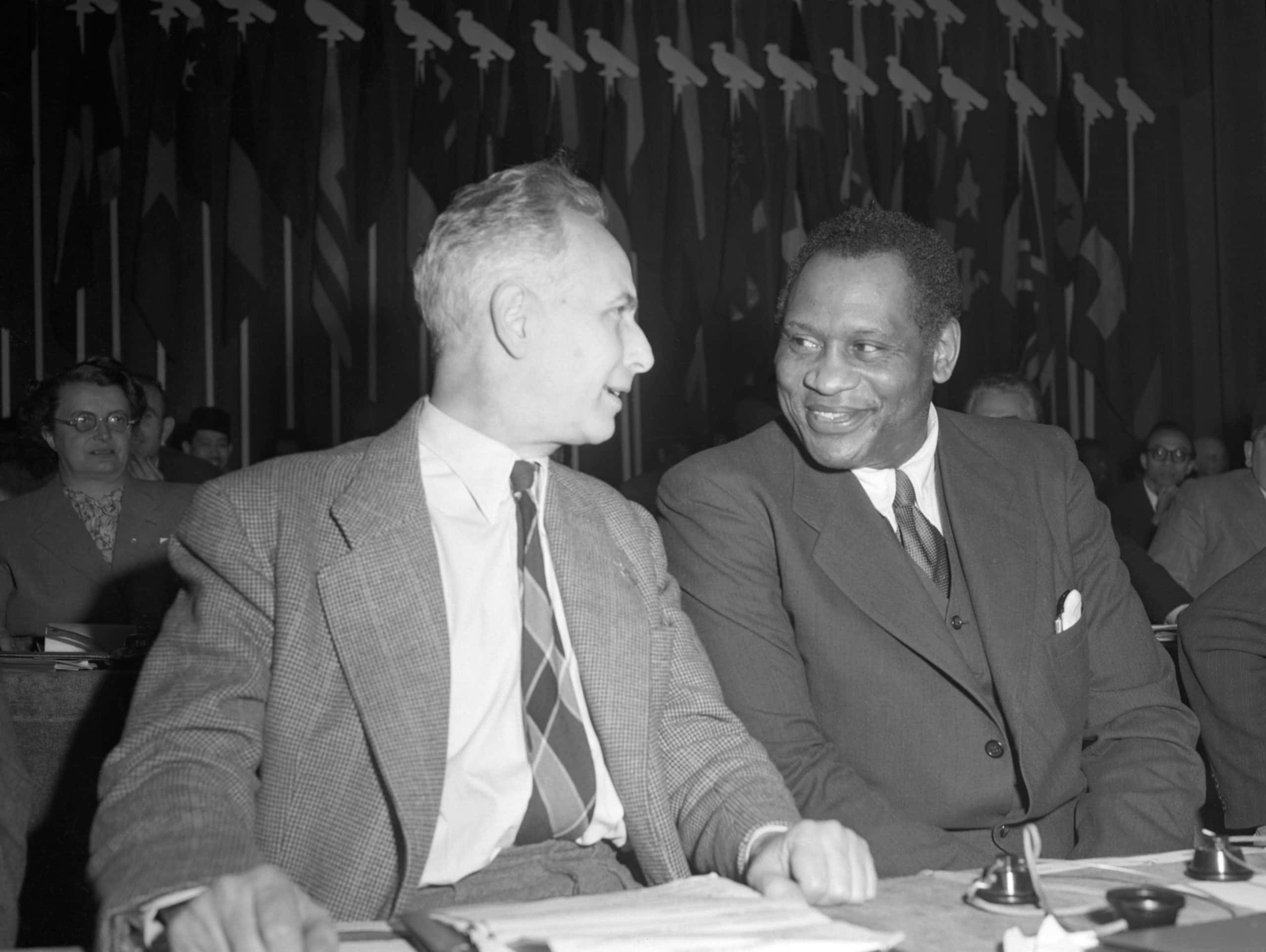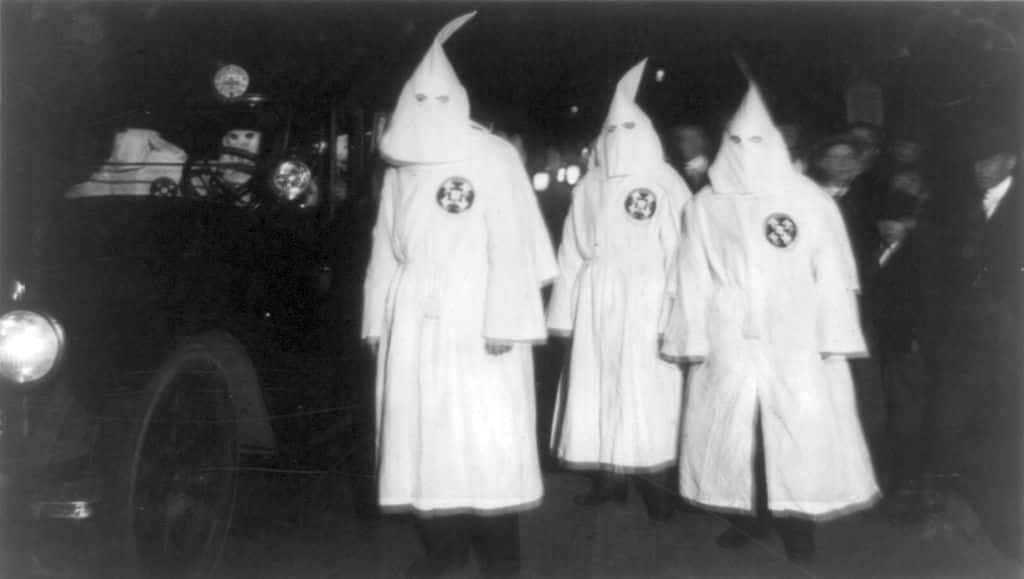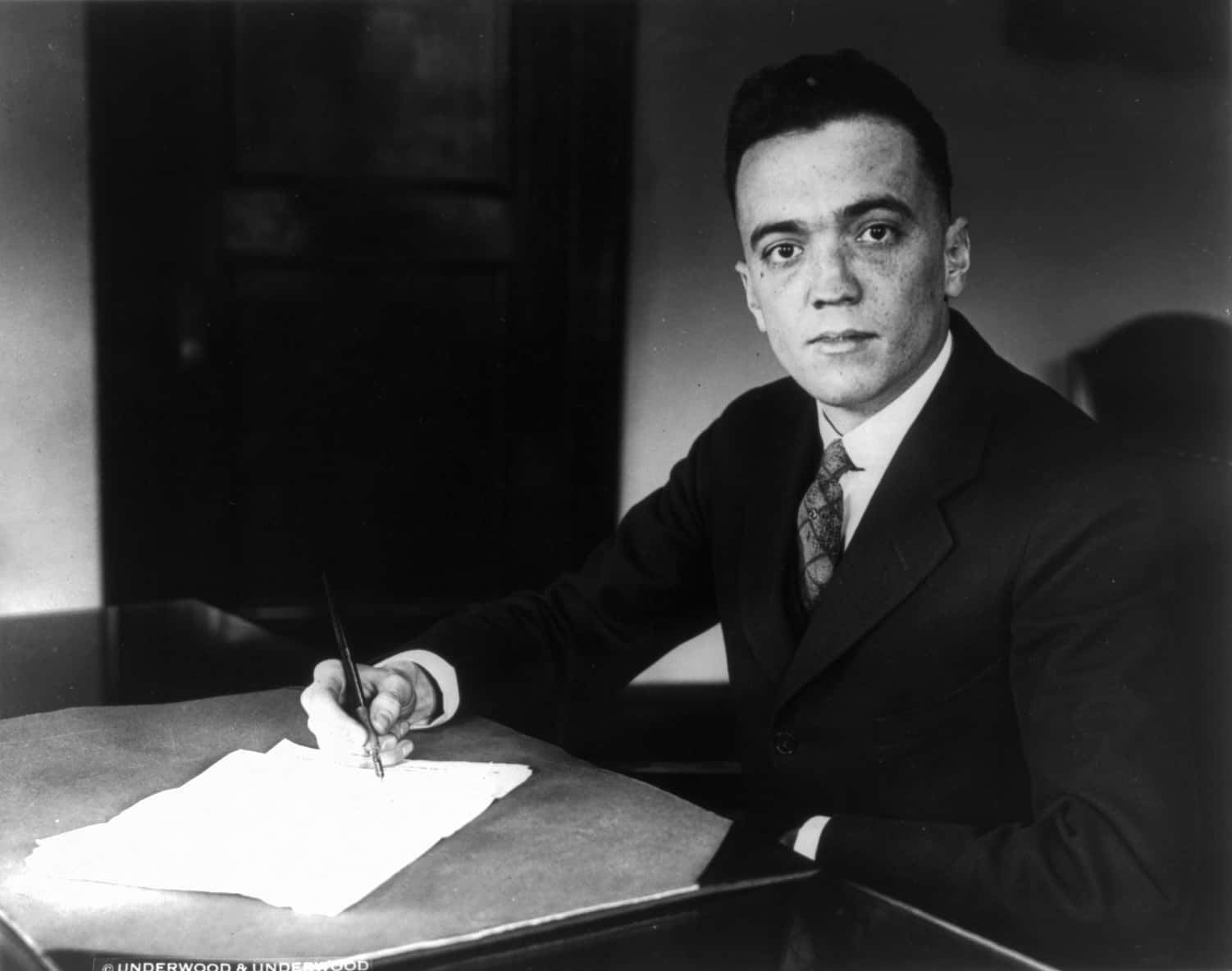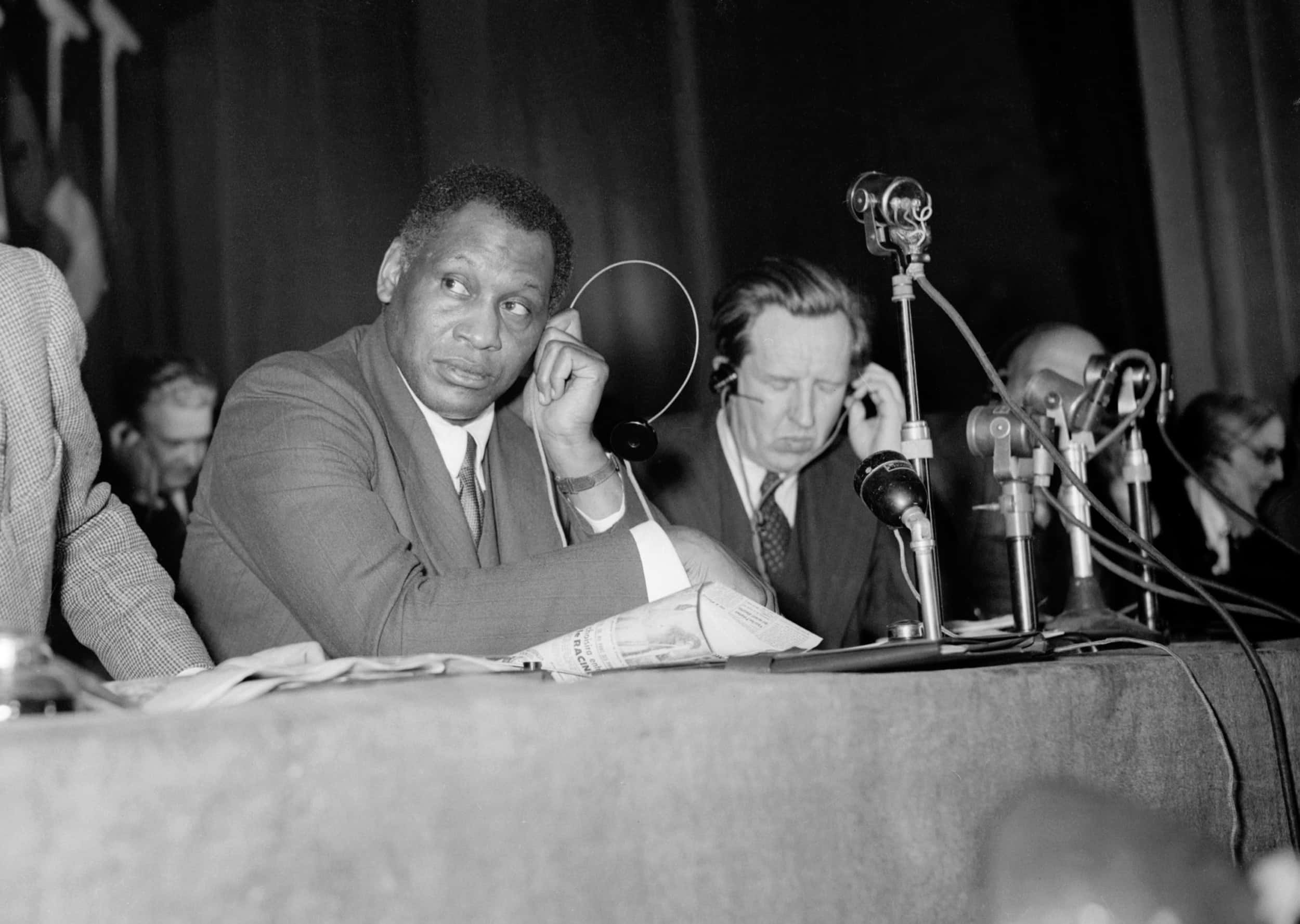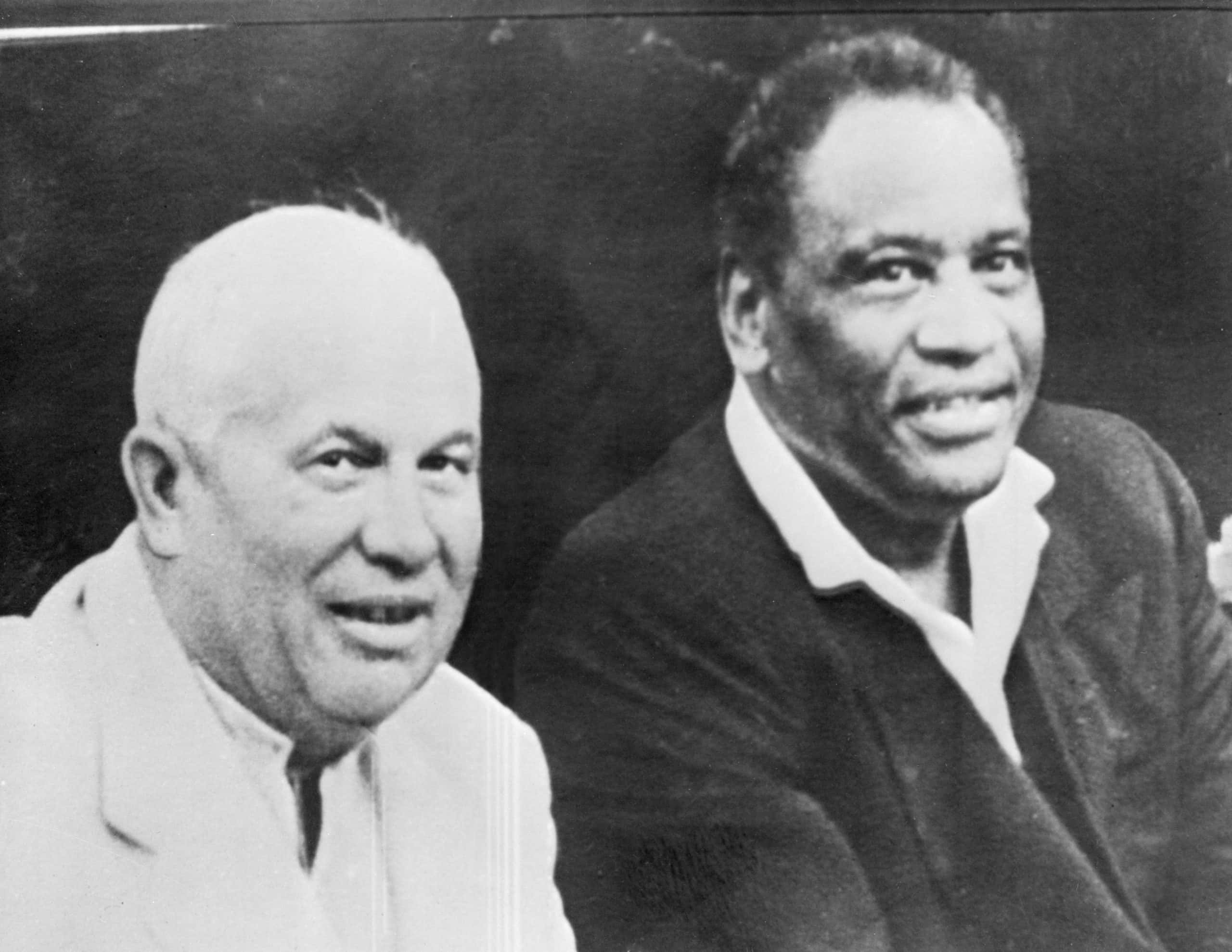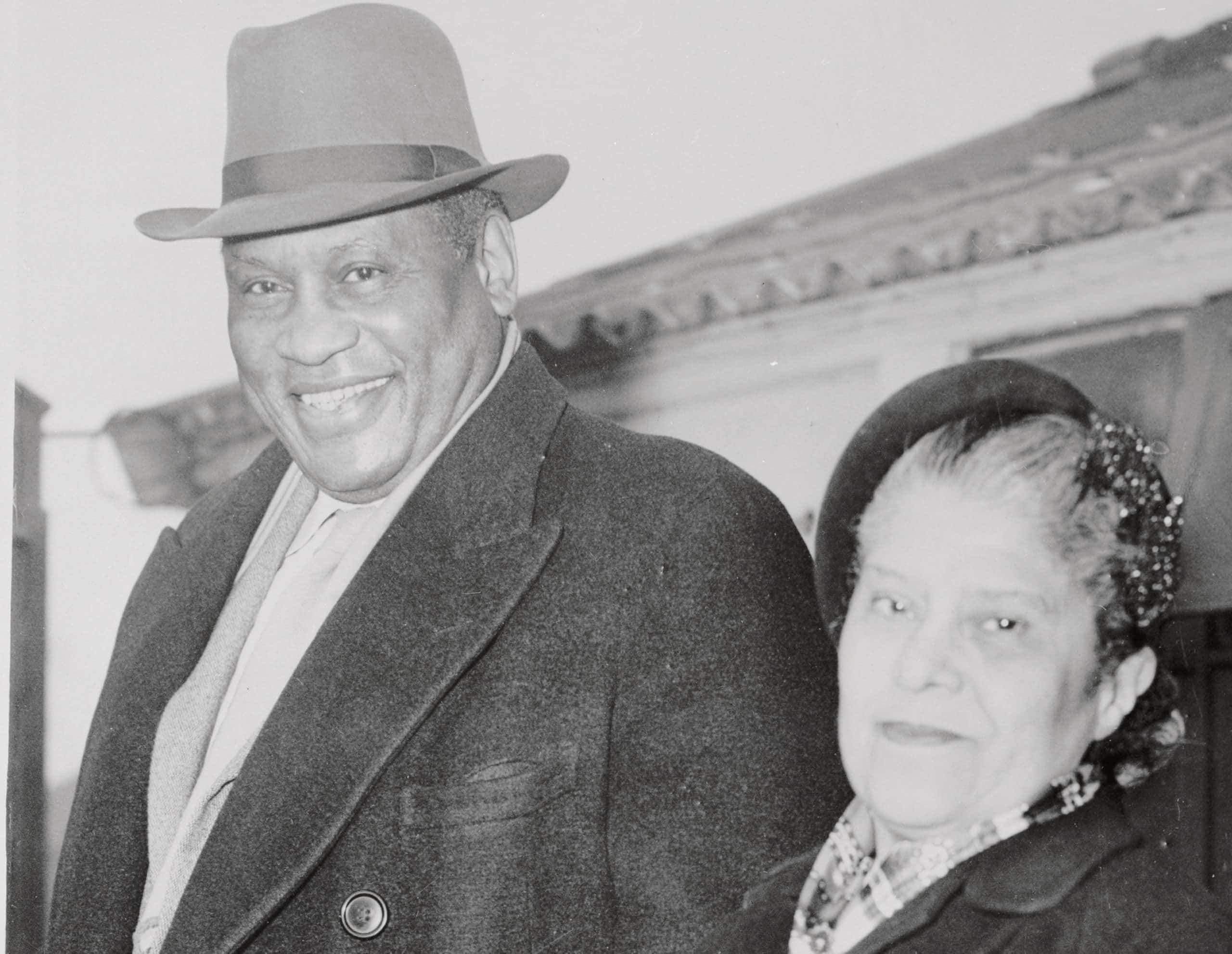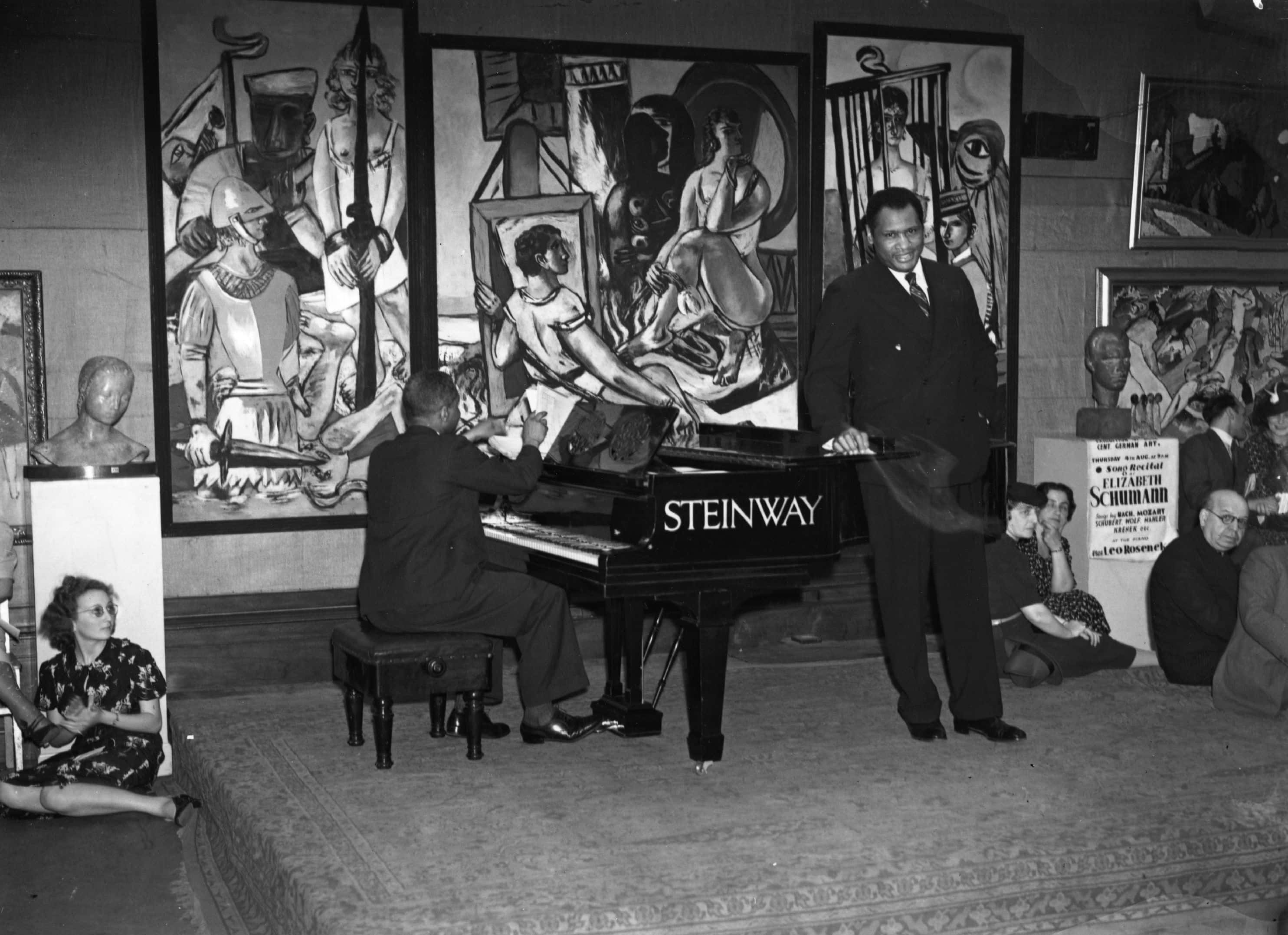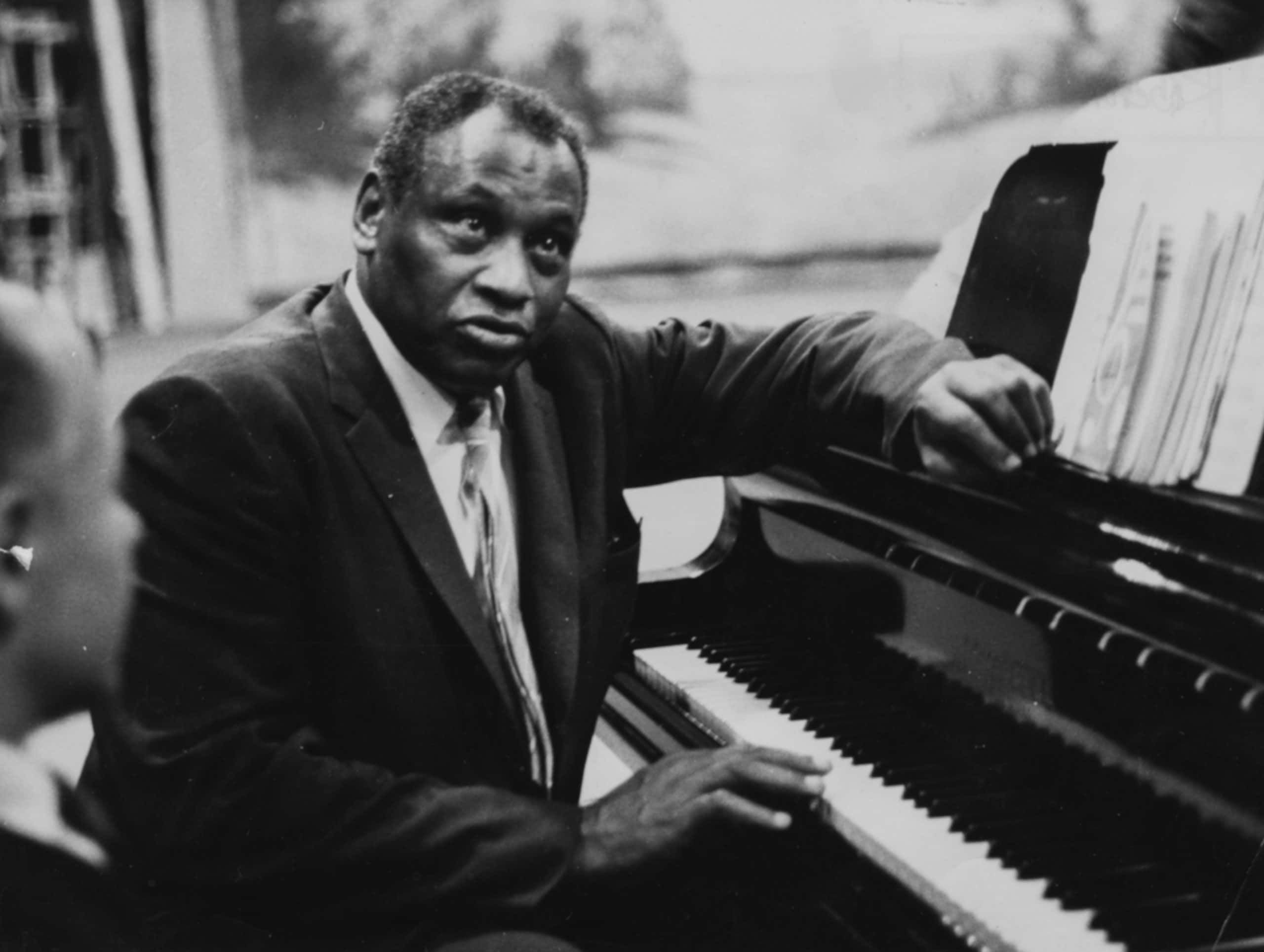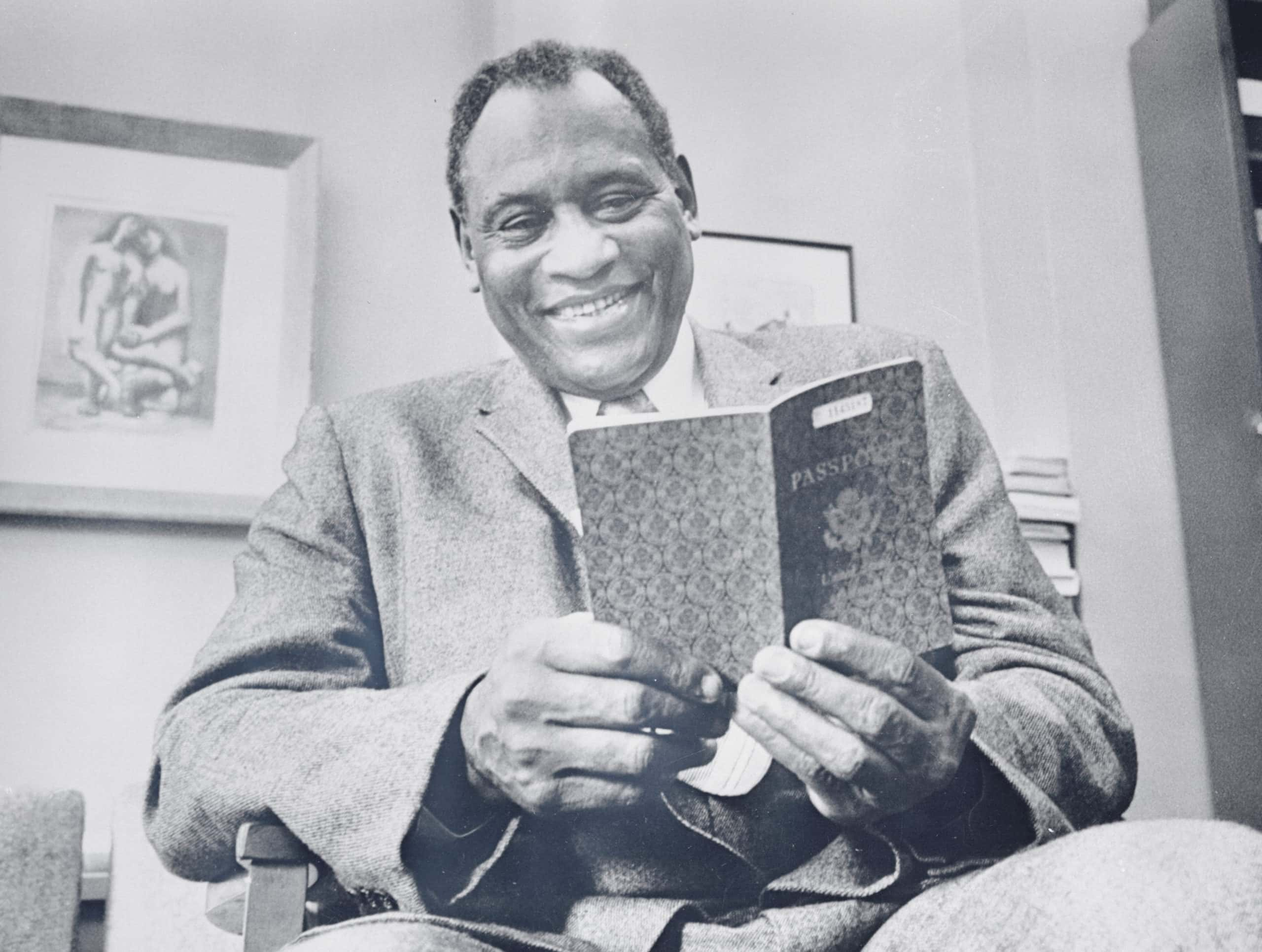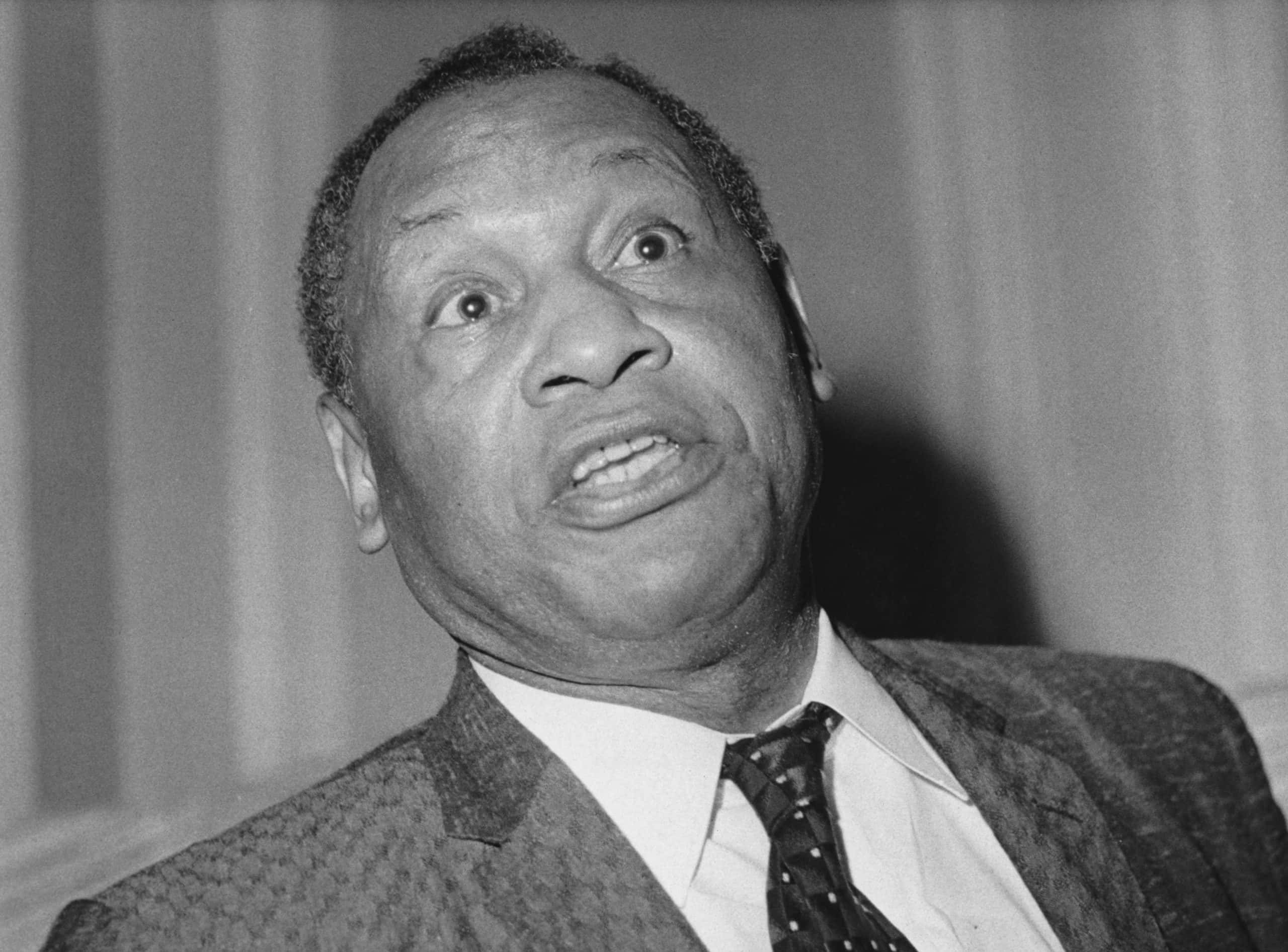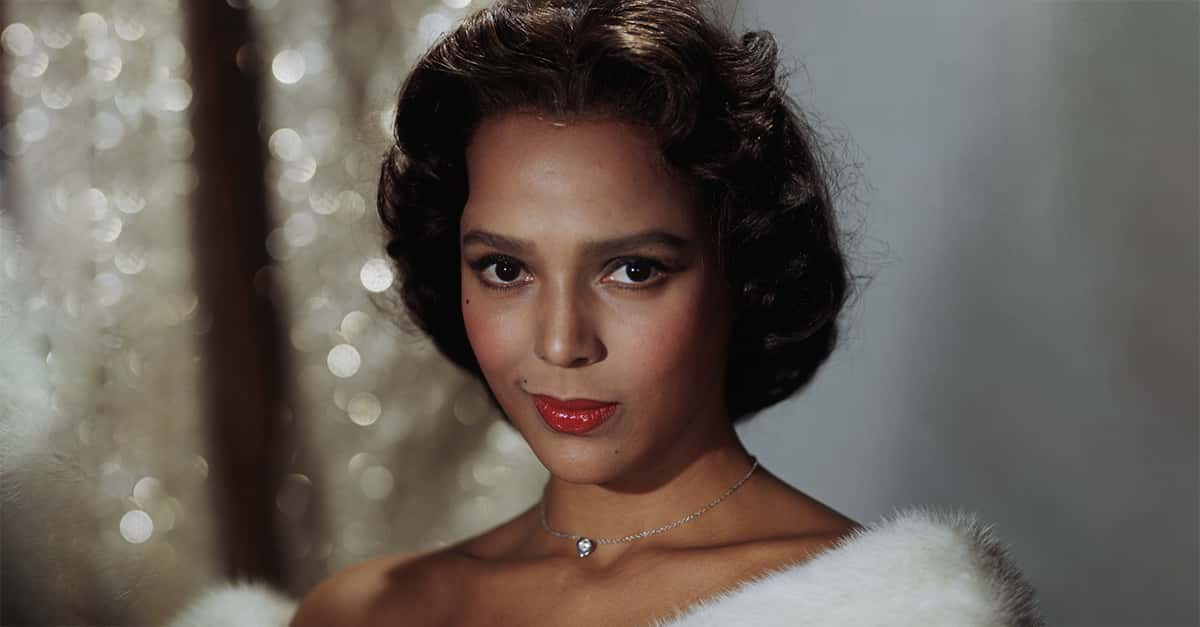The Radical Star With A Tragic Story
As a young man, there wasn’t much that Paul Robeson didn’t excel at. Only one thing held him back: the color of his skin. Robeson took the youthful anger he felt about prejudice against Black Americans, and turned it into a life of fighting for underdogs across the globe. All was going well, until the US government saw his protests and did something shocking: labeled him a communist and threatened to erase him from history. These concealed facts about lawyer, singer, actor, and dissident Paul Robeson may just help set the record straight.
1. He Was The Son Of A Slave
Paul Robeson was the youngest of four children born to a minister and his wife in 1898. Dad was William Drew Robeson, and had been a slave until he was a teenager. Robeson’s dad managed to escape slavery and land a job as a minister in a Princeton New Jersey church. Life looked good for Robeson and his family—until a simple disagreement turned their happy life into a living nightmare.
2. They Got Pushed Out
While Robeson’s father’s church was all Black, the money for the church came from the pockets of white financial supporters. When a disagreement arose between Robeson’s father and the funders, Robeson’s dad had to resign—even though he had the congregation's support. Once dad didn’t have a steady job, the Robeson family fell on very hard times.
And just when they thought things couldn’t get worse—they did.
3. His Mother Suffered
After his resignation, Robeson’s father started working low-paying jobs and the family could barely make ends meet. At the same time, Robeson’s mother, Maria Louisa Bustill, was fighting a losing battle with cataracts. By the time Robeson was six years old, the worst happened: his mother became all but completely blind. Having a blind mother made an already difficult life even harder for the Robesons, but it would soon prove to be fatal.
4. There Was A Fire
In 1904, Robeson’s near-blind mother was cooking in their home. Back then, everyone did their cooking on a wood-burning stove, and a hot ember sparked from the stove and terrifyingly landed on Bustill’s clothes. With far from adequate eyesight, Bustill was unable to put the fire out, and more and more of her clothes lit on fire. The situation quickly escalated out of control.
5. They Lost Her
They eventually were able to put out the fire—but the aftermath was brutal. Robeson’s mother had burned 80% of her body. She spent several days in hospital in incredible pain. It was on January 20, 1904, that Robeson’s mother finally died. The loss of Bustill devastated the family and made their financial issues even worse.
With little money and no prospects, the Robeson family was facing homelessness. Robeson’s father found an old attic above a store and they all moved in. This could have been the end of Robeson’s story, but some much-needed luck finally came their way.
6. He Was A Child Minister
In 1910, the Robeson family got a call that would change everything. There was a church that needed a minister and they wanted Robeson’s father. With a new steady job, the family was functioning again, and young Robeson got an unusual opportunity: filling in on occasion for his father. Robeson was barely a teenager when he took his father’s place behind the pulpit and began preaching. All this orating would serve him well later on…
7. He Stood Out
Robeson may have been giving sermons, but he still hadn’t been to high school yet. He finally got his chance at Somerville High School, and he didn’t waste any time getting fully involved. He performed in two Shakespeare plays, sang in the choir, and then turned to sports. Robeson’s skill at track, baseball, basketball, and football made him stand out.
But something else was making Robeson stand out—and it was making his school life a nightmare.
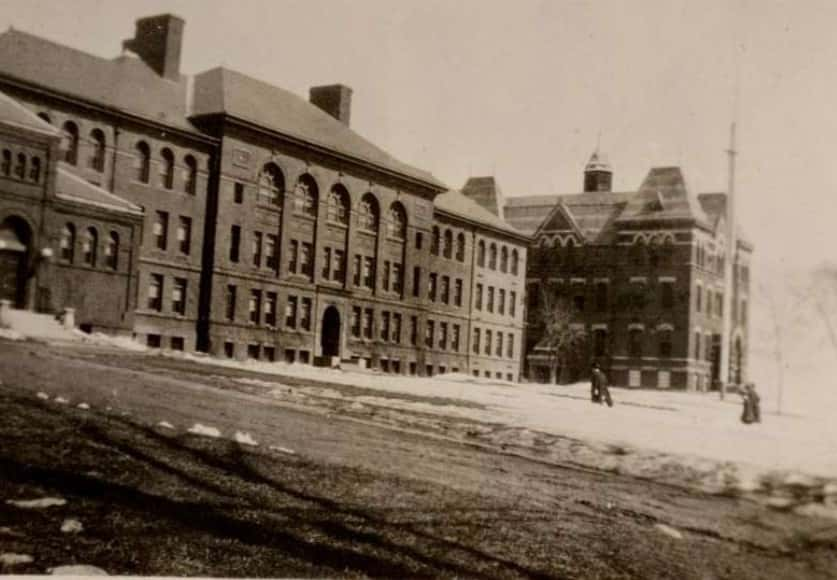 Picryl
Picryl
8. They Taunted Him
Robeson’s skin color was making life hard for him. Other students, perhaps jealous of his success, used his race to taunt Robeson. But Robeson had already faced too many hardships in his life to let a few high school boys get him down. He continued to excel in high school, and then something amazing happened: the very students that had ruthlessly taunted turned around and made him class valedictorian.
There was, however, something even better that came out of his time in high school.

History's most fascinating stories and darkest secrets, delivered to your inbox daily.
9. He Was The Only One
Sure Robeson was class valedictorian, but that was nothing compared to what came later. Before he graduated, Robeson would win a scholarship to Rutgers—a top-notch university. While he wasn’t the first Black student to attend the prestigious university, he was one of only three—and the only Black person attending at the time.
Just like in high school, Robeson was soon excelling at pretty much everything he did—but there always were enemies waiting to try and stop him.
10. They Nearly Broke Him
Robeson was eager to join the Rutgers Scarlet Knight football team, but he had to prove himself first—and he’d have to get through a nightmarish ordeal to do it. To make the team, Robeson, and other hopefuls, had to play with the existing team. It may have been that the team members didn’t want Robeson on board, because they singled out Robeson and played as rough as they could with him.
By the end of the game Robeson ended up in hospital—he had a broken nose and a dislocated collar bone. It looked like the end of Robeson’s college football career.
11. He Won Him Over
Robeson’s coach saw what the team had done to him, and made up his mind. Since Robeson had faced a merciless game—and lived to tell about it—the coach thought that showed great resolve. He gave Robeson a spot on the team. Robeson had won over the coach of the team, but how would the other teams feel about playing with a Black player?
12. They Just Said No
In Robeson’s sophomore year, Rutgers was celebrating its 150th anniversary, and Robeson took to the field to play an important game as part of the festivities. The opposing team was watching from the sidelines when they saw Robeson run onto the field. For most of them, it was the first Black football player any of them had seen before, and it caused them to do something deplorable: they refused to get on the field.
And on top of what Robeson faced on the field, he was also having trouble at home.
13. He Had His Hands Full
Robeson continued studying at Rutgers and excelled at football, singing, and his academics. All was going well until he received a fateful call: his father was seriously ill. So, in addition to his studies and extracurriculars, Robeson was going back and forth between his father’s place and university in order to care for him.
Sadly, this difficult time for Robeson wouldn’t last long: his father soon died—but Robeson picked himself up and went back to school.
14. He Made A Demand
Paul Robeson filled his remaining years at Rutgers with accomplishments too numerous to mention. Highlights include his entry into Phi Beta Kappa and the elite honor society called Cap and Skull. Once again his fellow students elected him as class Valedictorian. It was in his speech that Robeson did something that would shape the man he would become.
He encouraged his classmates to do something that was unusual in the United States at this time: give equality to all Americans.
15. She Convinced Him
From Rutgers, Robeson made his way to Columbia Law School in 1920. He soon started dating Eslanda Goode, known as Essie to her friends. Goode appreciated all the talents that Robeson had, but saw something more: she wanted him to try professional acting. She convinced a reluctant Robeson and the result was a leading role in Simon of Cyrene.
Lawyer, singer, football player, actor: was there nothing this man couldn’t accomplish?
16. He Said Good-Bye
With his Columbia Law degree in his pocket, Robeson went out looking for a job. He managed to get employment at a lawyer’s office in New York, but an old but familiar enemy soon surfaced. As a lawyer, he had a stenographer who took dictation from him. The first time Robeson chose to use the stenographer's services, however, he got a shocking response.
The stenographer refused to take dictation from him because of his skin color. With so many other talents at his disposal, Robeson said good-bye to the law firm, and hello to show business.
17. He Lacked A Skill
While Paul Robeson had already shown great skill as an actor, what he wasn’t showing great skill in was self-promotion. Essie, who was now his wife and a successful researcher in Surgical Pathology, was willing to do something incredible: drop her high profile job and manage Robeson’s career. He climbed aboard his wife’s train to success. Unfortunately, the first stop was controversy.
18. He Spoke Out
Eugene O'Neill's All God’s Chillun Got Wings tells the story of a mixed-race couple. Now remember, this was back in the 1920s, and even the thought of this story hitting a stage was causing a storm of controversy. They delayed the play’s opening due to public outcry, and eventually, Robeson had to speak out about the plot. What he had to say didn’t do anything to quell the outcry.
19. He Caused A Stir
When critics came to him to ask him about the plot of All God’s Chillun Got Wings, Robeson definitely had something to say. He gave his opinion on the play and ended it with these words: “the only true American culture was African-American”. Robeson’s comment certainly raised some eyebrows, but hang on to your hats, because he was just getting started.
20. He Ruffled Some Feathers
While Paul Robeson had little interest in moving his career forward, his wife had the opposite opinion. She was soon pushing Robeson from the stage and onto the screen. His film debut was the 1925 silent picture Body and Soul where he plays identical twin brothers. The film took a direct, and not so subtle, shot at how the church exploits its power—not a popular stance in America at this time.
Robeson seemed unafraid to ruffle anyone’s feathers, and as we’ll see—this often got him into all kinds of trouble.
 Body and Soul (1925), Micheaux Film
Body and Soul (1925), Micheaux Film
21. He Was In The Dark
Robeson’s work as an actor took him to various places around the world, but he also had time for some fun. While he was holidaying in the French Riviera with author and intellectual Gertrude Stein, he got some surprising news: his wife was pregnant. But there was one heartbreaking detail that he didn’t know. His wife was in dire jeopardy due to her health.
It turns out Robeson’s wife didn’t want to ruin his world tour, so she kept her health problems to herself.
22. His Mother-In-Law Stepped In
Robeson's wife didn’t want to alert her husband about her ill health, but that didn’t stop her mother. When mom sent a message to Robeson, he was on the next passage home. Robeson and Goode’s son—Paul Robeson Jr.—was born in November of 1927, and Goode had a complete recovery. The next year was a big one for Robeson. He was about to stun audiences with an iconic performance.
23. He Stopped The Show
A year after becoming a father, Robeson got a part in a West End musical called Show Boat. While Robeson stunned audiences with his gorgeous rendition of the show-stopping song “Ol’ Man River,” Black critics were having none of it. They didn’t like the dialect that the writers had used for the Black characters. Robeson was once again in a place that must have felt familiar: at the center of a controversy. And it wasn’t the only one.
24. He Got Refused
One day, Robeson—who was encountering so much acceptance in the UK—was after a meal at the distinguished Savoy Grille. When Robeson stepped up to the maitre d’, he couldn’t get a table—not because he lacked a reservation, but because he was Black. Robeson was used to this kind of treatment in America, but it horrified him that it could happen on British soil as well.
Robeson quickly dispatched a press release and started an incendiary debate about prejudice in the United Kingdom.
25. He Got Caught
Around this same time, Robeson was appearing in Othello with British actor Peggy Ashcroft. It seemed that the onstage heat between the two actors became unbearable, and they had an affair. Robeson’s wife had known about some previous affairs and had turned a blind eye. For some reason, this one made her stop in her tracks. She just couldn’t let this one go, so she turned to Robeson and let him know how she felt.
26. He Saw An Opportunity
Robeson received a request from his wife and it went something like this: “Please divorce me.” It may have been what Robeson was waiting for. His fling with Ashcroft was turning into something more serious. A divorce from Goode would make it easy to marry Ashcroft. But wait, maybe Robeson was forgetting about something—would it be that easy for a Black man to marry a white woman?
Robeson sought advice from one of his old coaches, who told him to stay with his wife: that it wouldn't be worth the controversy of marrying a white woman. Surprisingly, Robeson took the advice.
27. He Was Ahead Of His Time
Robeson’s next film was Emperor Jones, and it was memorable for an impressive reason. It was the first time an actor in a starring role was African American. Robeson made the movie in the US when the segregation of Black people was in full force. Robeson made it his business to make sure that everyone on set treated him with equality and respect.
Sure he got respect on a movie set, but in real-world America, he was still a second class citizen.
28. He Took A Big Step
Robeson was slowly becoming more and more political. He had friends who were British socialists, and he visited the Soviet Union with them. The experience was eye-opening. Robeson said that in the Soviet Union he was a human being for the first time in his life. He had never felt that much dignity when in the United States.
These positive feelings toward the Soviet Union would later become a threat to Robeson’s freedom.
29. He Made A Dangerous List
Unrest in Europe was taking on an ominous tone, and WWII seemed inevitable. Robeson was still living in the UK, and the German threat was a constant fear. By now Robeson had made a lot of lists—including tenth on the most popular stars in British Cinema. As the Germans were preparing to invade the UK, they had a dangerous list of their own—and it included Robeson’s name.
The list was called the Sonderfahndungsliste G.B., and it contained the names of men that the Germans wanted to arrest the moment they successfully occupied Britain.
30. He Made A Run For It
With the fear of WWII becoming unbearable, Paul Robeson and his family moved back to the US. Robeson had left America to avoid the segregation so prevalent there, so when Robeson traveled back home, he must have felt like he was traveling back in time. On his visit to Los Angeles, only one hotel in the entire city would let him stay as a guest.
It was the Beverly Wilshire, and they did something awful. They charged him even more than what white guests paid. Luckily, Robeson could afford it, and he could also afford to teach the hotel a valuable lesson.
31. He Sat In Protest
It was pretty obvious that the Beverley Wilshire didn’t want it to get around that they were allowing guests of color into their establishment—so Robeson did something scandalous. He sat in the lobby. It may not sound that radical, but for two hours every day, Robeson made a point of sitting in the lobby. This way, the other guests got a good look at him and got used to seeing a person of color at the luxury hotel.
Robeson’s next cause, however, was much more tragic than being excluded from a hotel.
32. He Went To The Top
In 1946, something appalling happened in Georgia. Vigilantes lynched four Black men. An outraged Robeson went directly to then-President Truman and demanded an end to the barbaric practice of lynching. When Truman hesitated, Robeson made a threat: End lynching now, or we will defend ourselves. Truman’s reaction was devastating.
The President abruptly ended the meeting, saying he could do nothing to help. Robeson went into attack mode and started the American Crusade Against Lynching.
33. He Got Called In
Robeson’s next project was in support of trade unions. Some of Robeson’s toughest critics were noticing what they thought was a dangerous trend. Robeson supported both the Soviet Union and China, and he had a soft spot for unions. In their estimation, Robeson was a potential communist. Just then the Tenney Committee—a witch hunt group for so-called “Un-American activity”—called Robeson in for a meeting.
34. He Received A Ban
His meeting with the Tenney Committee didn’t go well and led to a more ominous meeting—one with the United States Committee on the Judiciary. The panel asked him one simple question: “Do you have affiliations with the Communist Party?” Robeson, risking a stint in prison, refused to answer the question. Even though he hadn’t said “yes,” the FBI made a disturbing decision.
They declared that Robeson could no longer perform in America. This earned Robeson the nickname the “Kremlin’s Voice in America,” and made his popularity take a nosedive.
35. They Wanted To Destroy Him
Because he couldn’t perform in the States, Robeson embarked on a tour of Europe. While touring, Robeson made a speech in Paris, which his enemies back in the US thought made him sympathetic to communism. The House Un-American Activities Committee (HUAC) wanted to bring Robeson down, but they knew that there was a certain population that still saw him as a hero.
That’s when they brought in Jackie Robinson.
36. They Tried To Get Him
If Black Americans still admired Robeson, HUAC was going to bring that to an end. They issued a subpoena to Jackie Robinson—the first African American to play major league baseball. The committee thought that some unkind words from Robinson, who Paul Robeson had supported, could turn Black America against Robeson. They asked Robinson what he thought of Robeson’s speech in Paris.
Robinson was in a tough spot: risk his reputation and support Robeson, or disparage a hero of Black Americans.
37. He Got Called Silly
Robinson nervously addressed the committee and gave his carefully composed answer. He said that the statements made by Robeson, “if ‘accurately reported,’ were silly.” Questioning the authenticity of the speech was a smart move, as evidence existed that Robeson was misquoted. Calling Robeson’s ideas silly was Robinson probably trying to save his own skin—and can you blame him?
At least he didn’t throw Robeson completely under the bus. After Robinson’s statement, Robeson had a concert planned in New York state. Let’s just say it didn’t go well.
38. He Got Canceled
Robeson had subversive written all over him and members of the press didn’t like it—or him—one bit. Robeson was headlining a concert in Westchester County and some of his detractors, including Klu Klux Klan members, decided it was a good time for a good old-fashioned protest. When the protest went from peaceful to heated—they swung baseball bats at concert-goers—a full-on anti-Robeson riot broke out.
Those in charge of the concert had no choice but to cancel. Robeson survived the riot, but the repercussions were devastating.
39. He Couldn’t Get Out
Following the riot outside his concert, Robeson experienced an attempt to remove him from history. NBC promptly canceled his appearance on Eleanor Roosevelt’s TV show. A 1950 book about college football eerily failed to mention that Robeson had ever played for Rutgers—even though Walter Camp had once called him the best end ever.
But there was something even worse—they took away his passport and issued what was called a “stop notice” at every port of entry. Life in the US was awful and dangerous for Robeson, and he had no way to get out.
40. He Went International
Articles that called Robeson a communist appeared in newspapers across the country. Of course, these articles were the nail in the coffin for Robeson’s reputation in America. But it didn’t stop there. FBI head J. Edgar Hoover arranged to have the articles distributed in Africa. For what reason? Hoover wanted to squash any popularity Robeson had in countries that were prone to communist takeover.
However, it wasn’t only the FBI that was out to get Robeson. Robeson himself was making it almost impossible for the average American to sympathize with him.
41. He Didn’t Help Himself
As if the FBI wasn’t doing enough damage, Robeson seemed to be doing everything he could to destroy his own reputation. First, Robeson angered Americans by creating a petition where he charged the US with genocide regarding lynching. Then, in 1952, Robeson accepted an award called the International Stalin Prize. In case his connection to Stalin and communism wasn’t clear enough, Robeson wrote an ode to Stalin. The title was “To You My Beloved Comrade.”
Robeson seemed to be on a collision course with trouble. But where would it end?
42. He Went Silent
America had clearly lost its love of Robeson. His reputation was so bad that it was difficult to find evidence he’d actually existed. They removed his recordings from shelves and his movies from theaters. Eerily, it was like he’d never been the superstar that he was. To make matters worse, he still couldn’t leave the country—so performing was impossible.
And that’s when an “evil genius” came up with a plan.

43. He Was A Ghost In The Theater
On May 26, 1957, Robeson’s deep, resonant voice filled a London auditorium. The concert had sold out in under an hour, and the crowd went wild. But how could this be? Wasn’t Robeson still under a travel ban? Well, an ingenious Brit had come up with a brilliant idea. He used the transatlantic telephone cable to transmit Robeson’s voice for a concert.
Robeson’s body was still stuck in the US, but his gorgeous voice was in England.
44. They Set Him Free
In 1958, the US government finally gave Robeson a passport, and he was free to travel again. He didn’t waste any time and was soon performing around Europe and even in Australia and New Zealand, where—in true Robeson form—he took up the cause of the aboriginal people there. Robeson was happy to be back on stage but still longed for his home country.
Robeson wanted to go home, but his wife thought his life would be in danger there. Instead, Robeson went to Moscow. Sadly, it turned out to be a terrible decision.
45. He Locked Himself Away
Back in the USSR, Robeson did something he rarely did. He had a wild party. In the middle of the party, however, Robeson disappeared. Guests eventually began to look for him—and that’s when they made a chilling discovery. They found him locked in his hotel bedroom. He was covered in blood. Robeson had apparently slit his own wrists.
He later told his son that he suffered from paranoia and depression. The possible cause of his paranoia, however, was right out of a spy novel.
46. He Broke Down
Robeson’s son had a theory about why his father suffered from ill mental health—and it was seriously shocking. Paul Robeson Jr. believed that the CIA and Britain’s M15 were trying to “neutralize” his father. He even thought that the two spy organizations were messing with his father’s mind. While many thought this claim was far-fetched, one thing was clear. The almost constant harassment Robeson lived with every day was having destructive effects on Robeson’s health.
Obviously, Robeson needed medical help, but he turned to a strange place to find it.
47. He Couldn't Trust Them
Paul Robeson knew he was in trouble mentally, and decided to get treatment in the UK. A strange choice—wasn’t it the harassment from Britain’s M15 that got him in this state in the first place? In treatment, British doctors put Robeson through a grueling therapy of both prescribed medicine and electroconvulsive therapy.
But rather than get better, Robeson was getting worse. His friends and family saw what was happening and desperately wanted Robeson out of the care of UK doctors. At this point, Robeson took a drastic measure to get his health back.
48. It Was Too Late
Surprisingly (or maybe not) Robeson found more humane treatment in socialist East Germany. Sadly, doctors there said it was likely too late for him. The damage done by his physicians in the UK—especially with the electroconvulsive therapy—had done permanent damage. Robeson’s health did eventually improve, but he would never be totally himself again.
In 1963, a broken and still very ill Robeson left Europe and returned to the United States.
49. He Declined
Paul Robeson spent his remaining years in the United States. Leaders of the civil rights movement asked Robeson several times to rejoin the fight, but his health prevented him from doing so. In 1965, his wife died and Robeson moved in with family members. With them, he spent the next 10 or so years in relative seclusion. In 1976, Robeson quietly passed away after suffering a stroke.
50. His Name Lives On
In spite of Robeson’s fall from grace, he received almost countless accolades after his passing. Rutgers College named several buildings in his honor, Penn State also used his name for a cultural center after a staff and student vote. You can also see Robeson's image on a US Postal Service stamp. The British Growers’ Association, displaying the characteristic British humor, named something unusual after Robeson: an heirloom tomato.
As you might have guessed, the tomato is, as they say of communists, red. If the insinuation is still a little unclear, check out the origin: The Robeson tomato is from the Soviet Union.

